Why Triceps Were a Big Deal in the Golden Era of Bodybuilding
In the golden era of bodybuilding, where legends like Arnold Schwarzenegger and Franco Columbu ruled the gym, one muscle stood out just as much as the biceps—the triceps. These three-headed muscles make up nearly two-thirds of your upper arm size, yet they often don’t get the attention they deserve in modern training routines.
But old-school bodybuilders knew better. They trained triceps hard, heavy, and smart—with minimal equipment and maximum intent.
Understanding the 3 Parts of the Triceps
The triceps brachii is composed of three distinct muscle heads: the long head, lateral head, and medial head. Each plays a unique role in extending the arm at the elbow, but they vary in size, placement, and activation depending on arm position and movement.
1. The Long Head
The long head is the largest portion of the triceps. It originates from the scapula and runs down the back of your arm, giving your triceps depth and thickness when viewed from the side. What makes it unique is that it crosses the shoulder joint, meaning it plays a role in both elbow and shoulder extension. Because of this, exercises that involve overhead movement are best for targeting the long head.
2. The Lateral Head
This is the “show muscle” of the triceps—the outer part that gives your upper arm that wide, horseshoe-shaped look. It’s most activated during pushing movements with a neutral or overhand grip. While it doesn’t cross the shoulder joint like the long head, it responds well to moderate-to-heavy loads and explosive contractions.
3. The Medial Head
Often overlooked due to its less visible placement, the medial head lies underneath the other two heads and is essential for elbow stability and full-range extension. It kicks in most during lockout movements and close-grip work, especially when using a reverse grip or strict isolation.

How Golden Era Bodybuilders Trained Triceps?
Back in the 60s and 70s, bodybuilders didn’t have modern cable machines with perfect angles or resistance bands for “constant tension.” They relied on barbells, dumbbells, benches, and pulley stacks—basic tools used with brilliant precision.
They also understood muscle anatomy deeply. To fully develop the triceps, they targeted each head deliberately through exercise selection and used high-volume, multi-angle routines to ensure no part of the muscle was left behind.
Let’s explore how these legends trained each part.
Training the Long Head: Overhead is Key
Because the long head stretches across the shoulder joint, overhead movements are essential. One of the most effective exercises from the old-school playbook is the Seated Overhead Dumbbell Extension. Using a single dumbbell held with both hands, this movement allows you to get a deep stretch at the bottom and a powerful contraction at the top.
Arnold famously used the Incline Overhead EZ-Bar Extension to emphasize the long head even more. By performing the move on an incline bench, he was able to increase the range of motion and stretch, which is critical for hypertrophy.
Another classic method was the Dumbbell Pullover paired with narrow grip bench presses in a superset. The pullover stretches the long head while the bench press hits all three heads, giving your arms a massive pump and stretch in one go.

Targeting the Lateral Head: Lockouts and Pushes
The lateral head thrives on straight-arm pushing exercises with moderate to heavy weights. Close-grip bench presses were a staple of many old-school routines. By narrowing the grip and keeping the elbows tucked, the emphasis shifts to the outer triceps.
Cable pushdowns were also used, but back then, the technique was strict—no swinging, no momentum. Lifters would often perform up to 20 reps per set, focusing on a strong contraction and full range of motion. They knew that locking out with control was key to stimulating growth in the lateral head.
Parallel bar dips were another secret weapon. Unlike chest dips which use a forward lean, keeping the torso upright while dipping focuses the load on the triceps. Adding weight with a belt or holding a dumbbell between the feet made the movement even more effective. This was often done at the beginning of the workout to pre-fatigue the muscle.
Medial Head: Isolation and High Volume
Since the medial head is hidden beneath the other two, it’s best targeted with strict, controlled movements. One underrated old-school favorite was the Reverse Grip Pushdown. By flipping the grip underhand, the medial head is forced to fire more, especially during the lockout phase.
Another technique was high-rep Kickbacks with dumbbells. Done with light to moderate weight, kickbacks engage the medial head when the elbow is kept stationary and the arm is extended fully. The focus wasn’t on how heavy the weight was, but how well the lifter could isolate the muscle without using momentum.
For advanced lifters, the JM Press—a hybrid between a close-grip bench and a skull crusher—was used to overload both the medial and lateral heads. It’s a complex move, but incredibly effective when done right.

Building Your Old-School Triceps Routine
If you want to train like a golden-era legend, you need more than just a few random sets. These athletes trained with purpose, structure, and variety.
A typical triceps workout would include 3–4 exercises, covering all three heads. For example:
Start with compound work like close-grip bench presses or weighted dips to activate all heads and build foundational strength. Then, move into overhead extensions to hit the long head hard while your energy is still high. Follow that with isolation work such as pushdowns or kickbacks to burn out the muscle with higher reps.
Reps usually ranged from 6–10 for compound lifts and 12–20 for isolation. Rest between sets was short, around 30–60 seconds, to maintain intensity and pump.
Frequency was another key component. Triceps were often trained twice per week—once with chest and again with shoulders—to ensure consistent growth without overtraining.
Workout with Old-School Wisdom
Old-school bodybuilding was all about hard work, intelligent programming, and mastering the basics. Triceps weren’t just an accessory muscle—they were treated with the same seriousness as chest or back. The result? Arms that still inspire awe today.
By understanding the anatomy of the triceps and applying proven techniques from the legends, you can build massive, well-rounded arms without needing fancy equipment or gimmicks.
Start with what worked then, and you’ll build triceps that work now—strong, sculpted, and timeless.
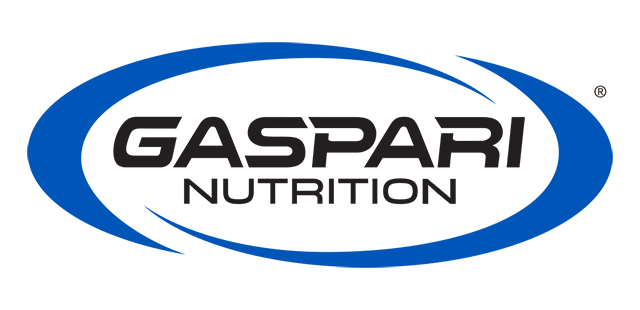

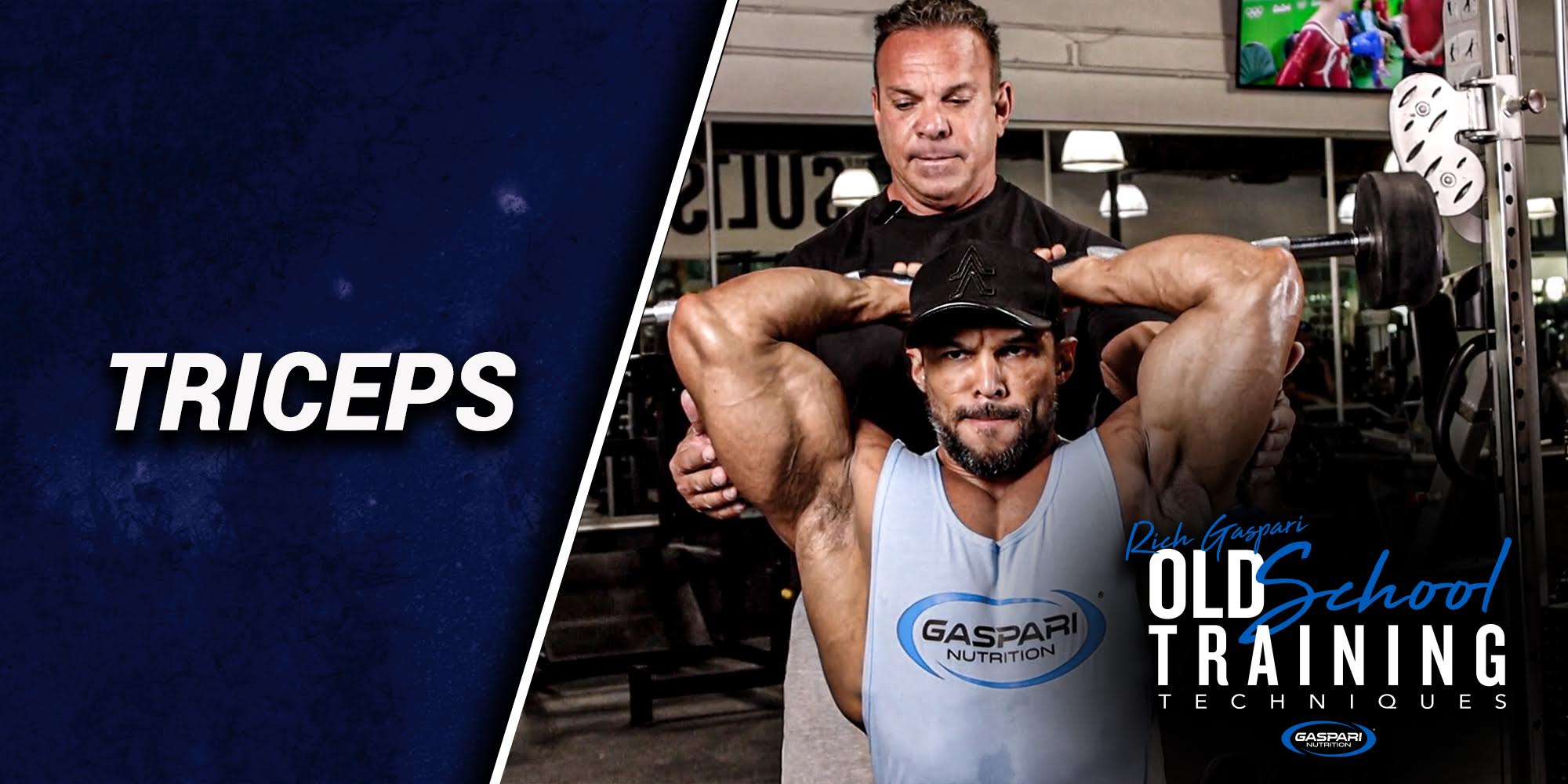

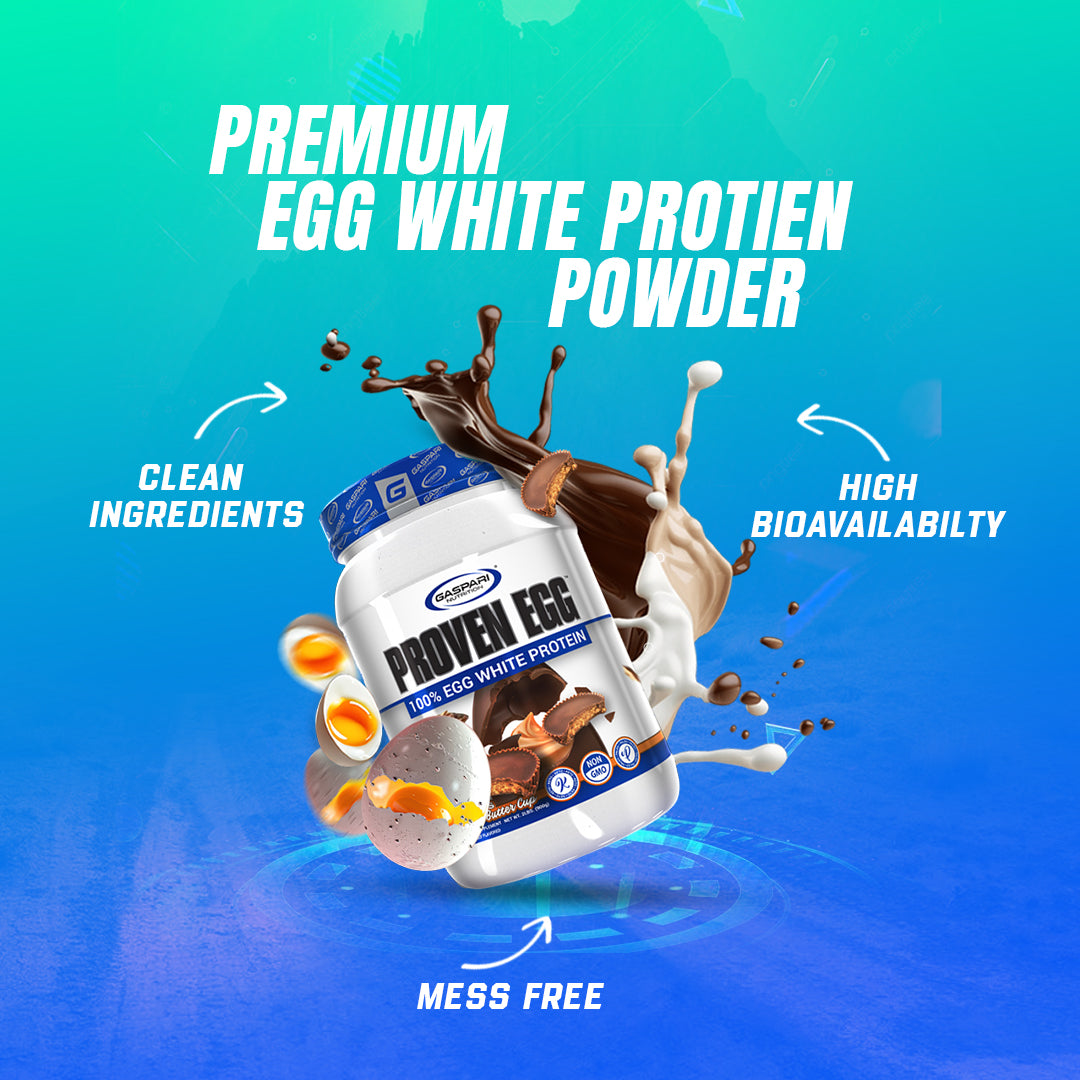
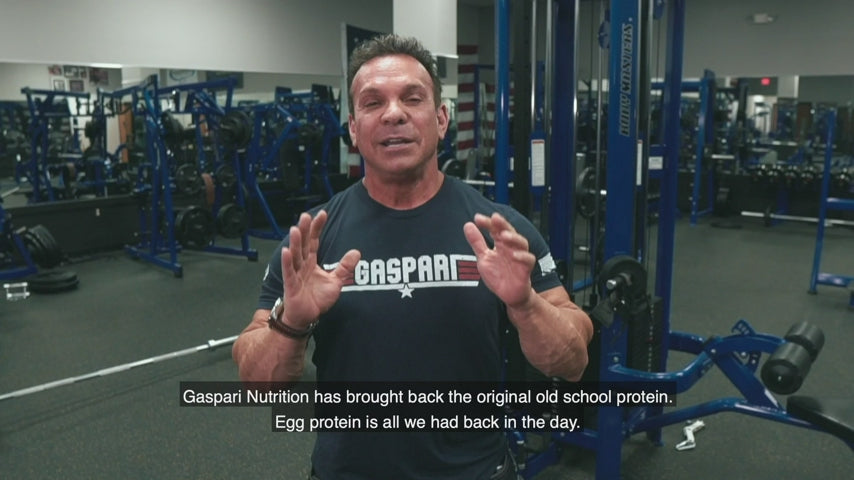
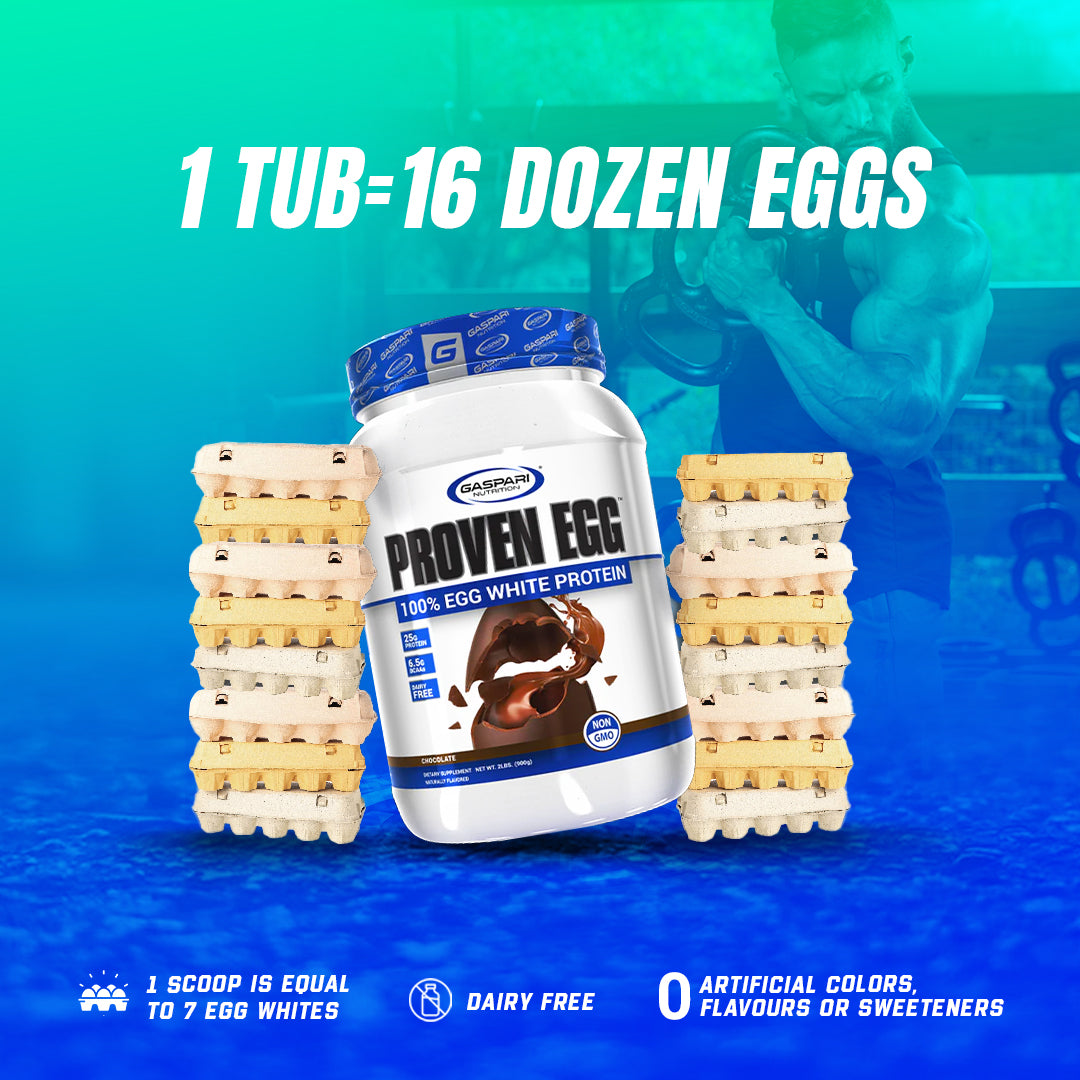
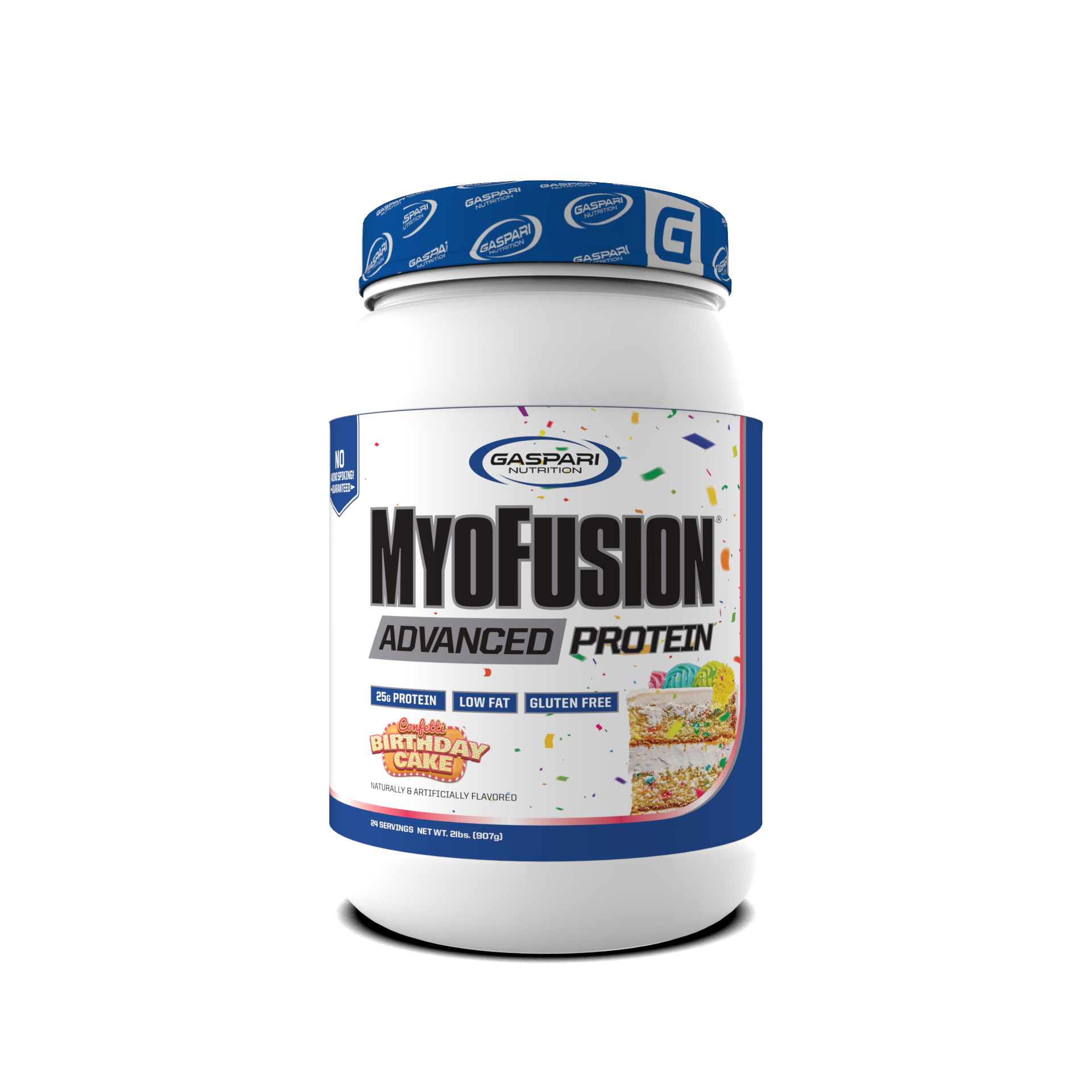
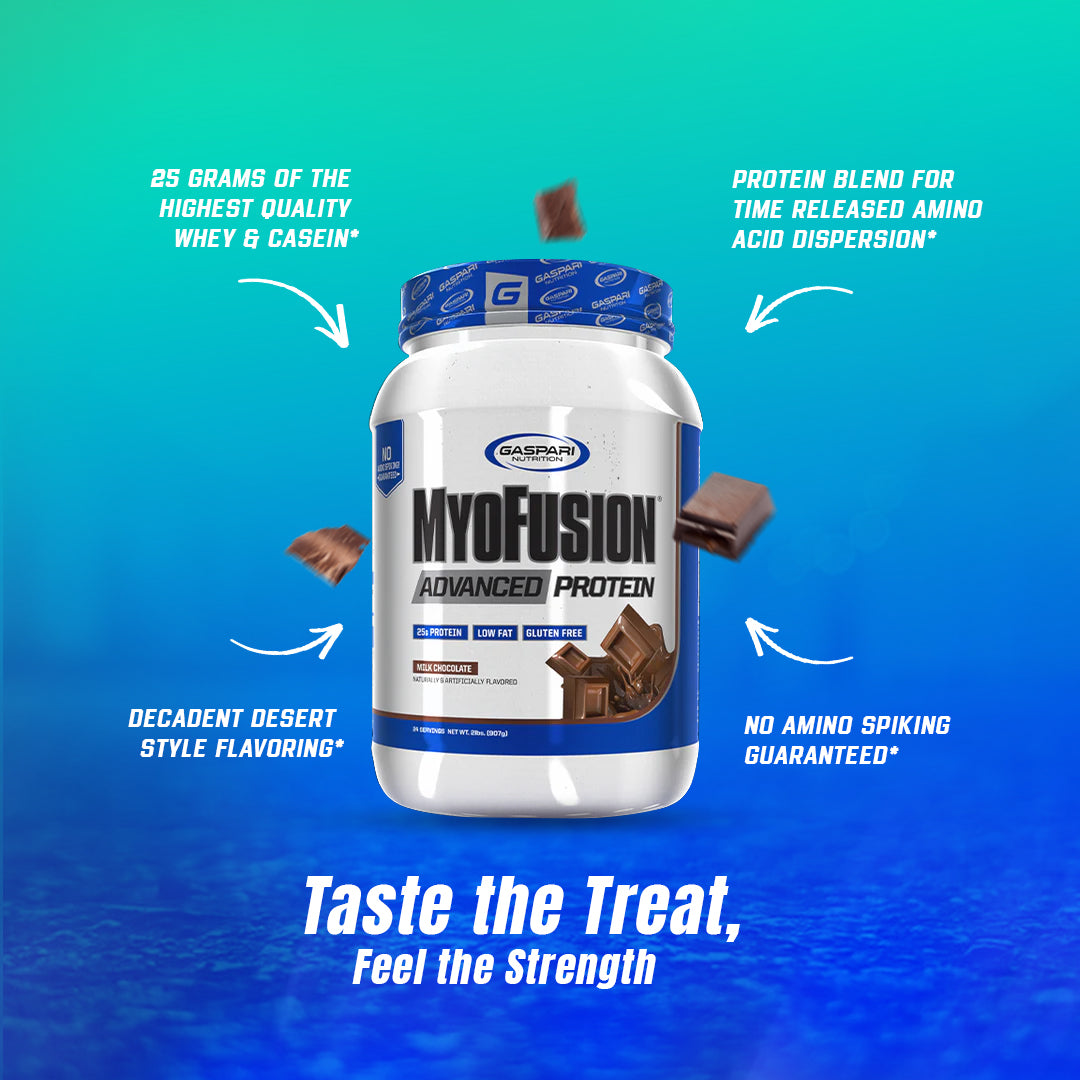
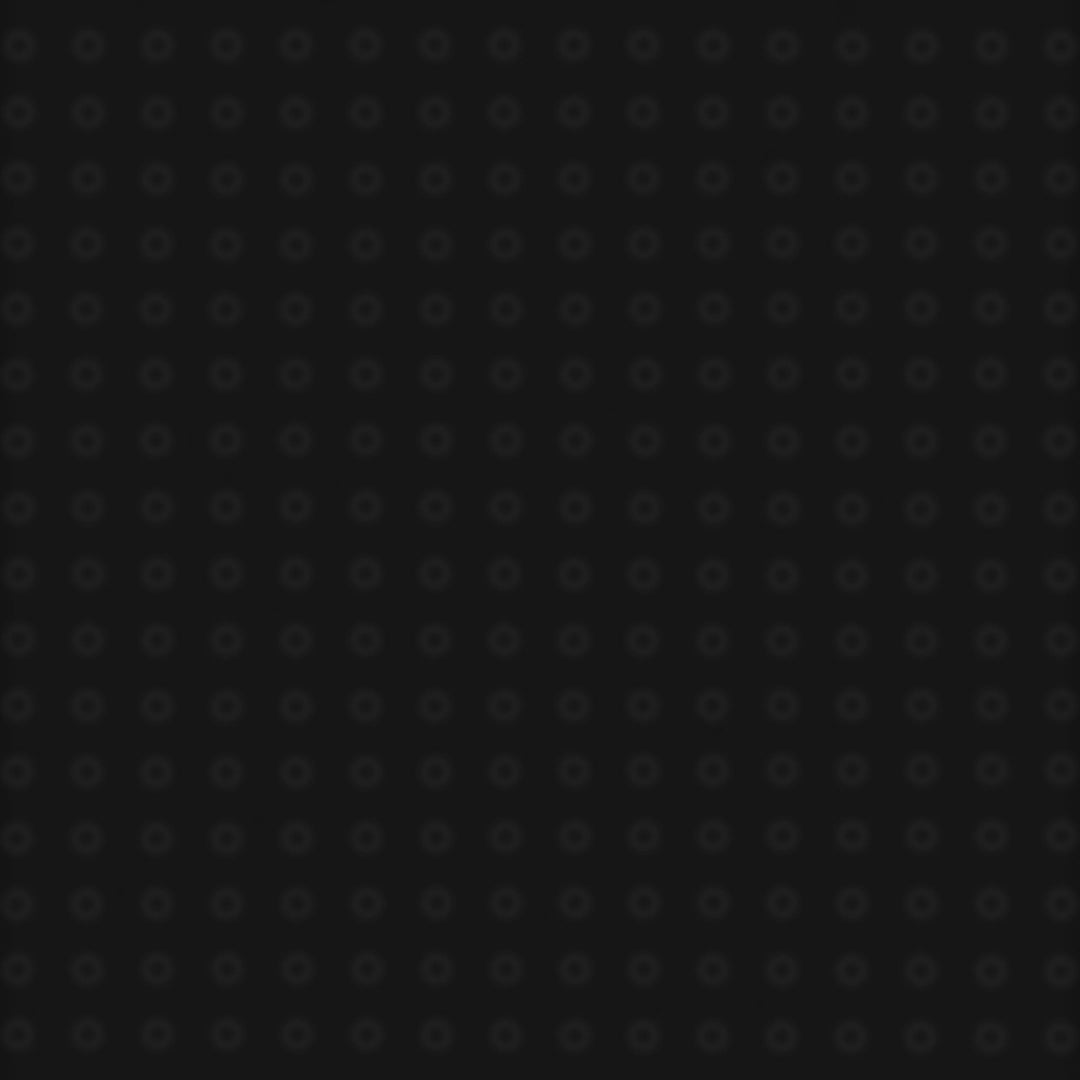
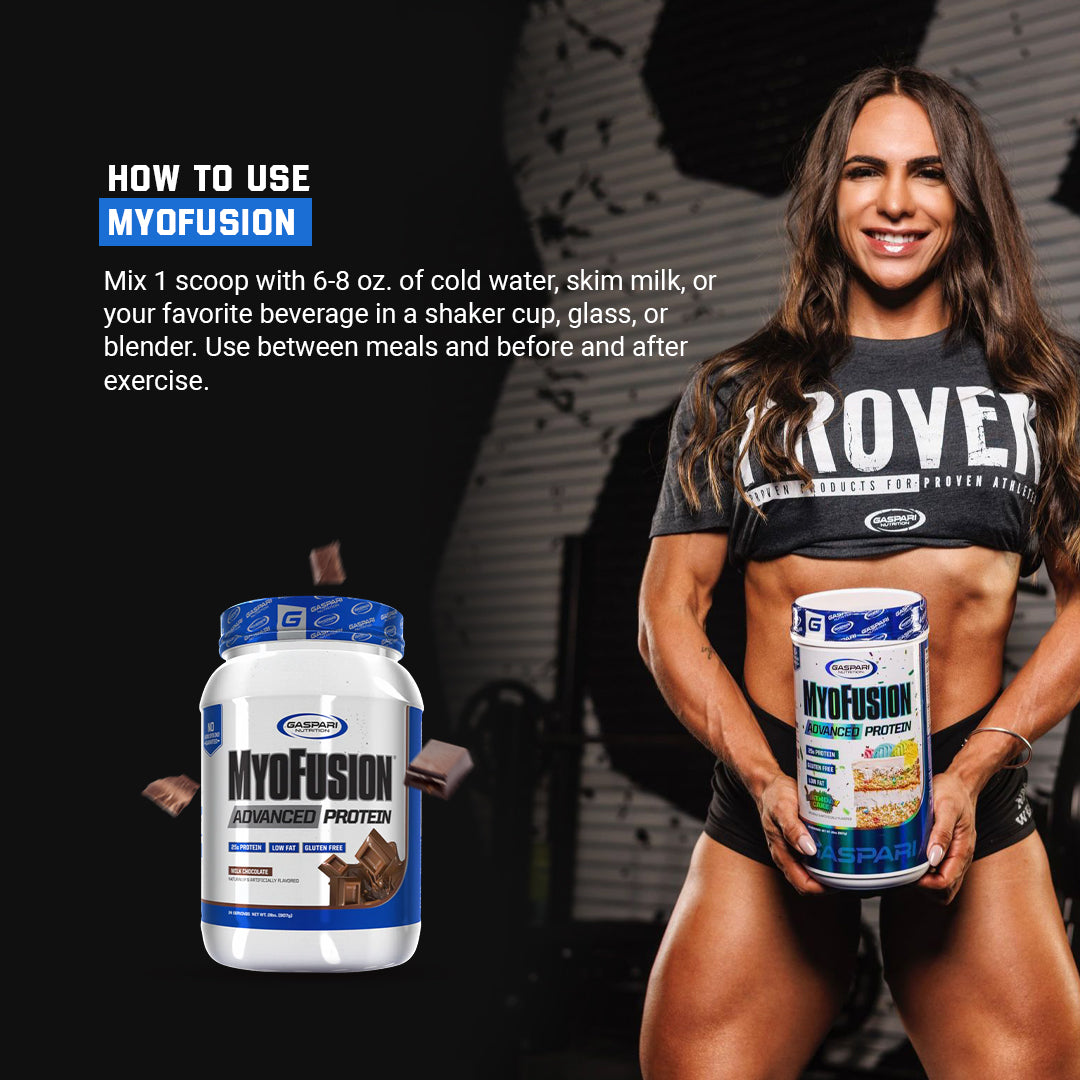


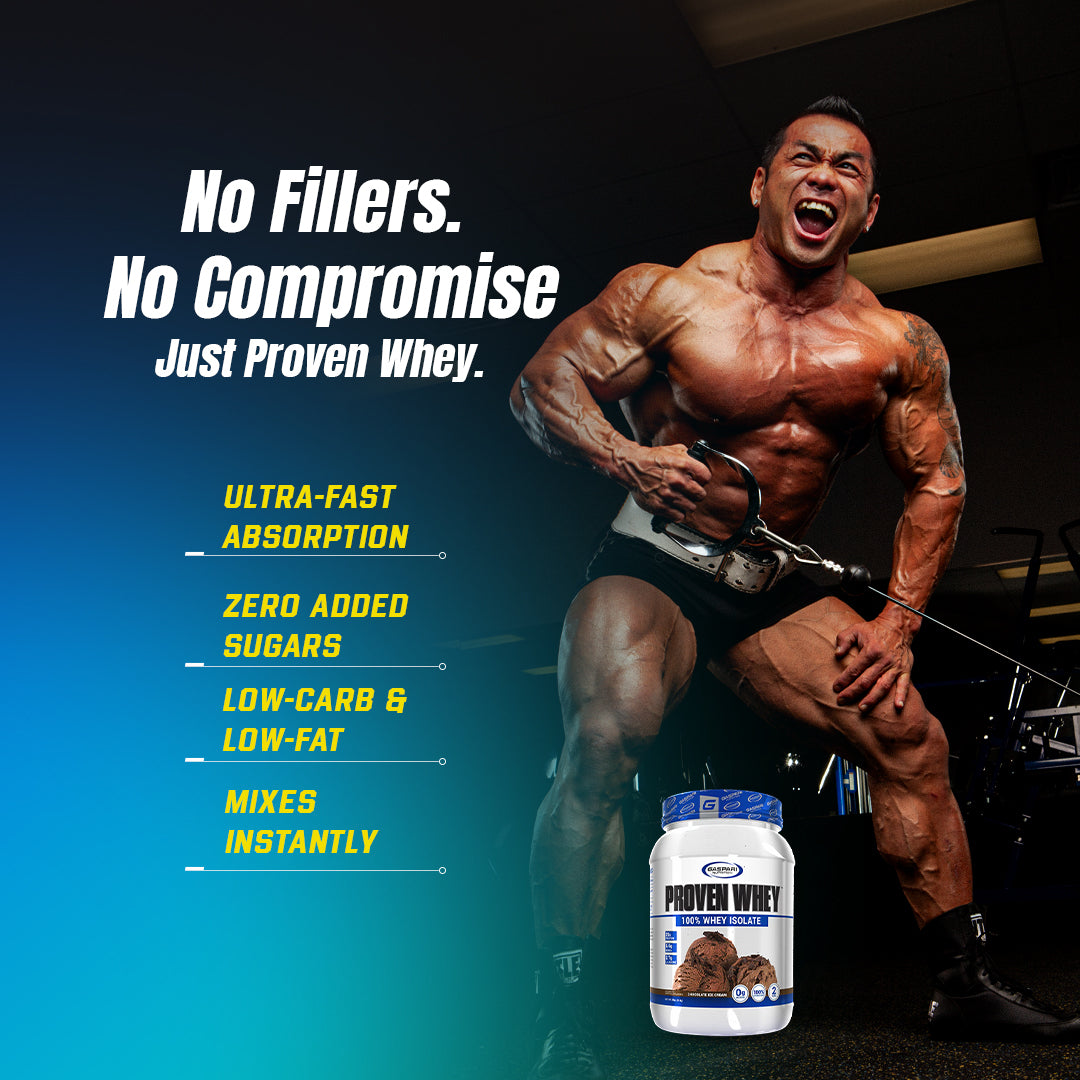
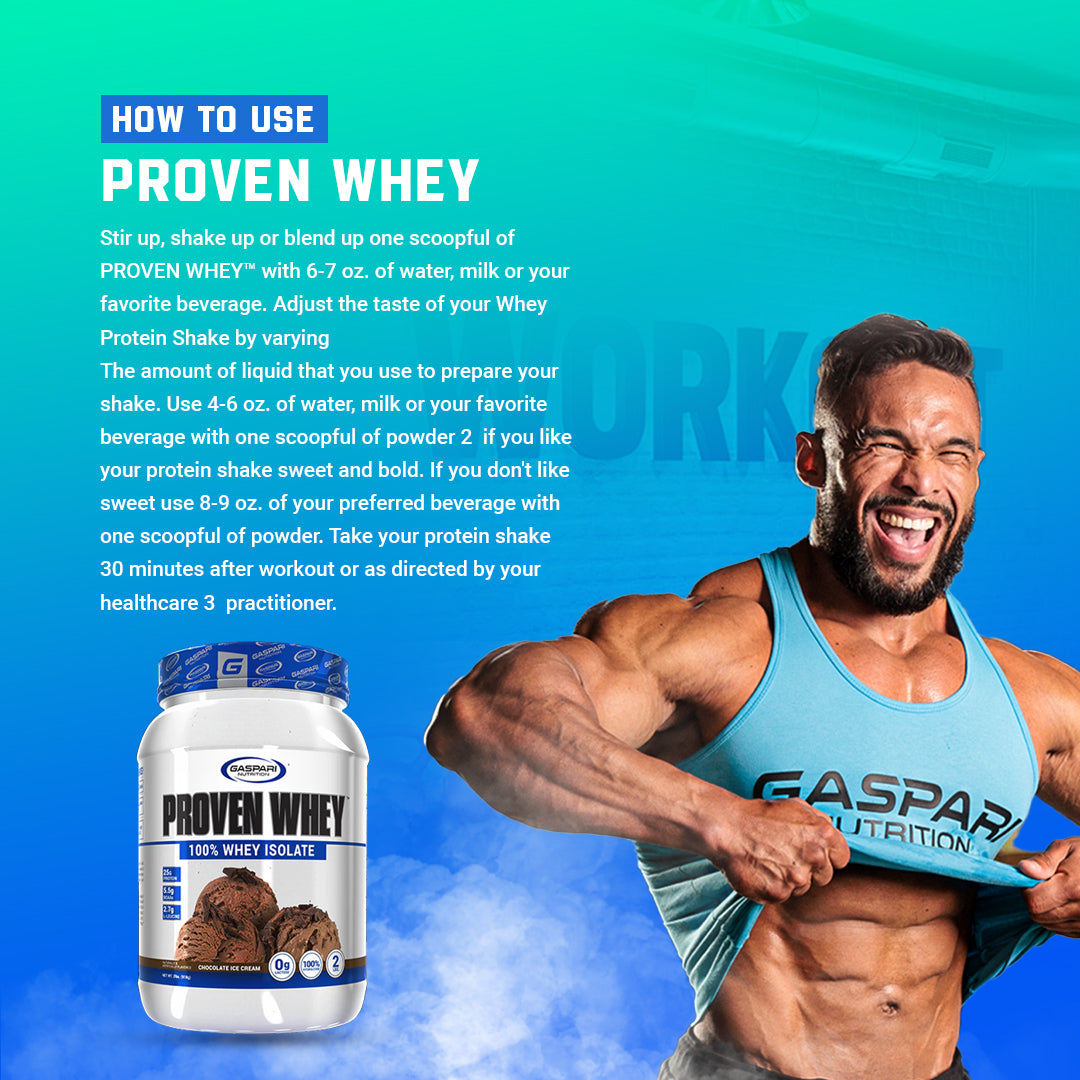


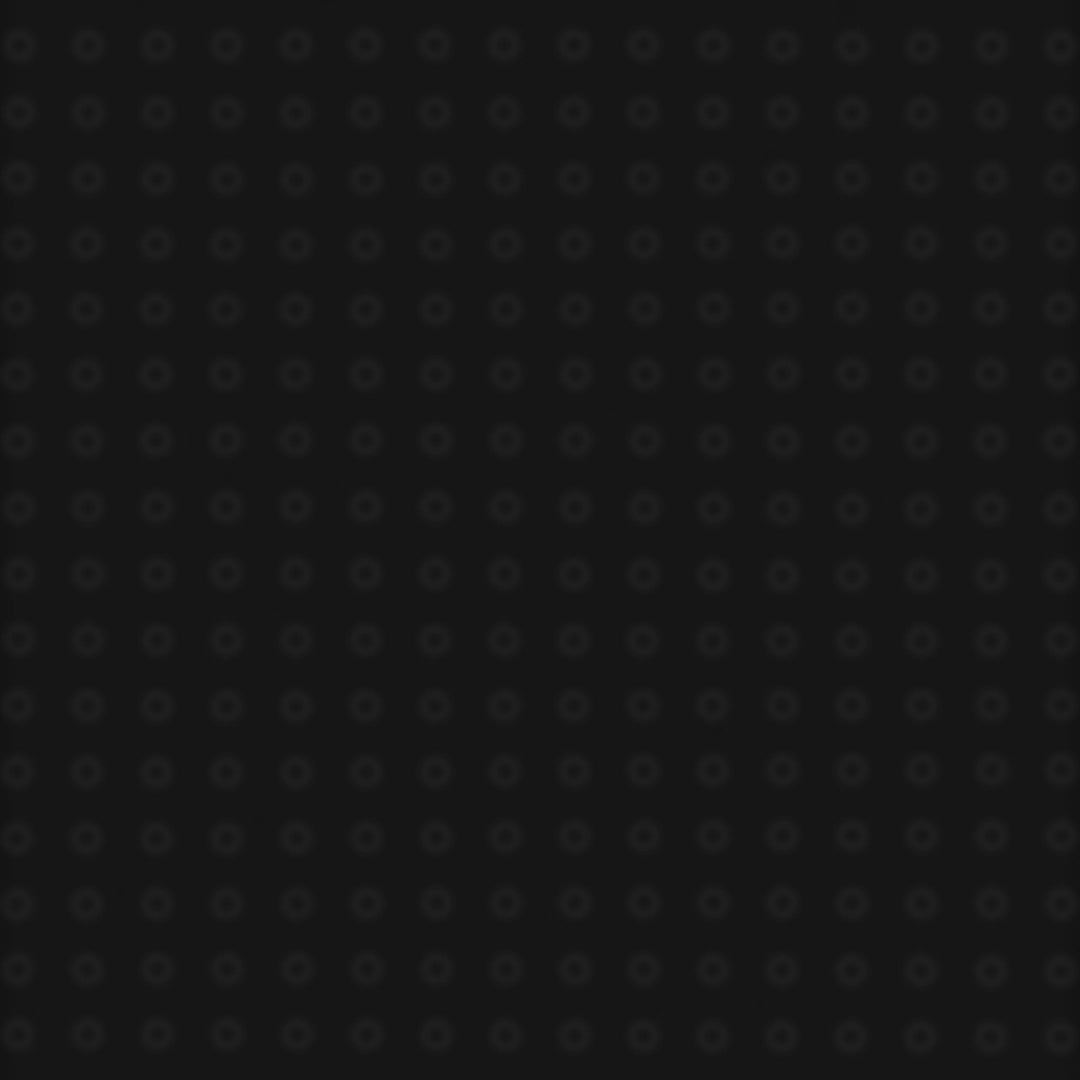
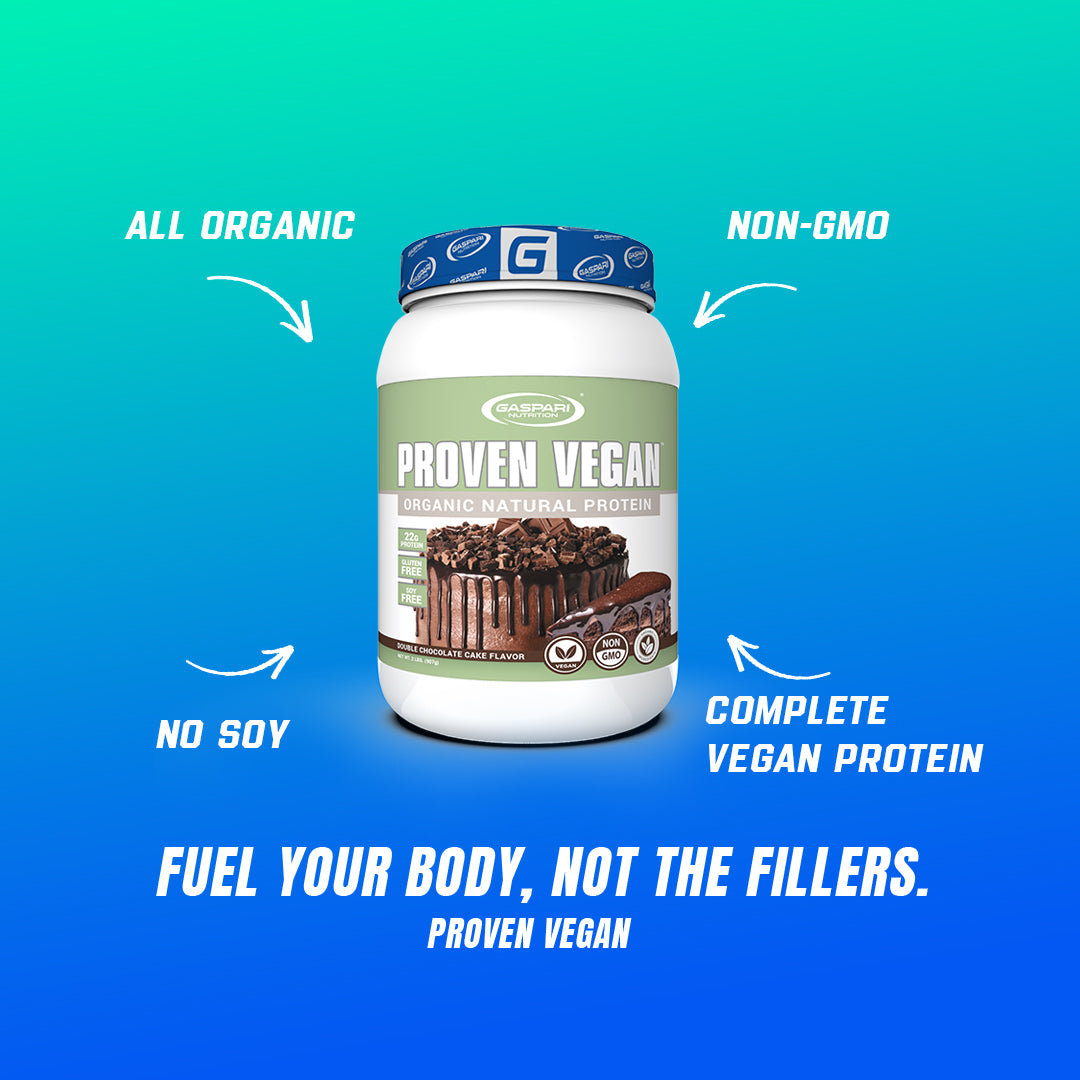
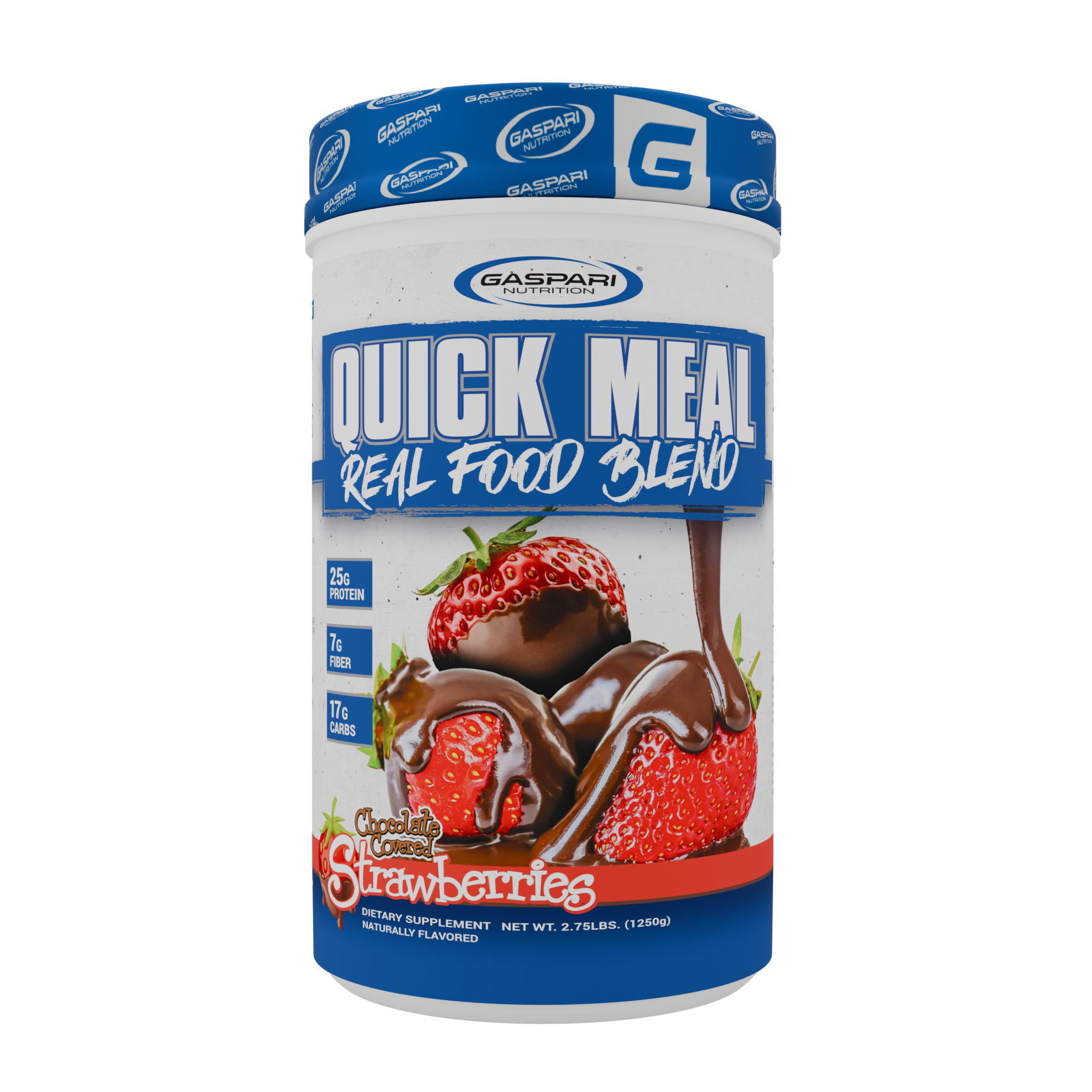
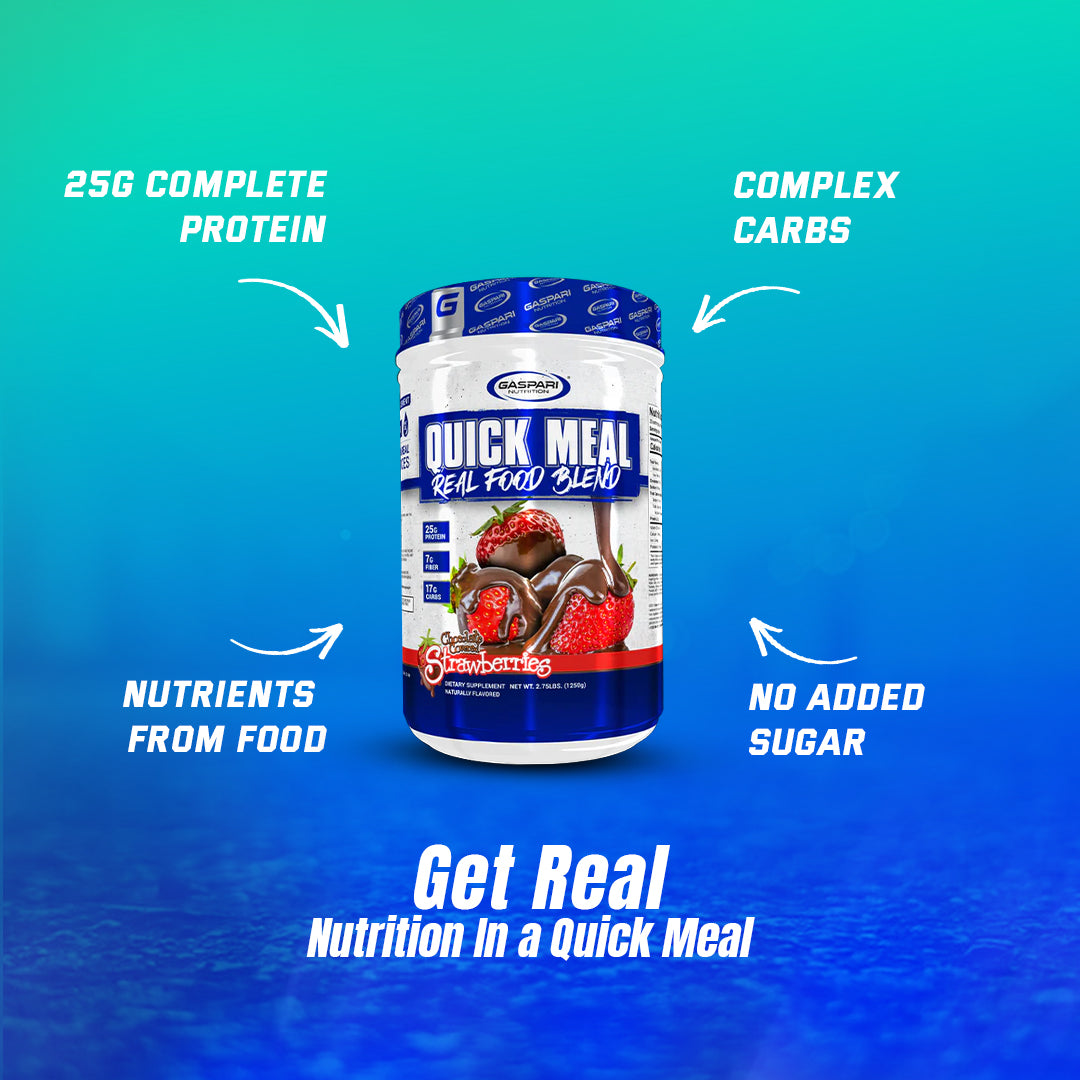
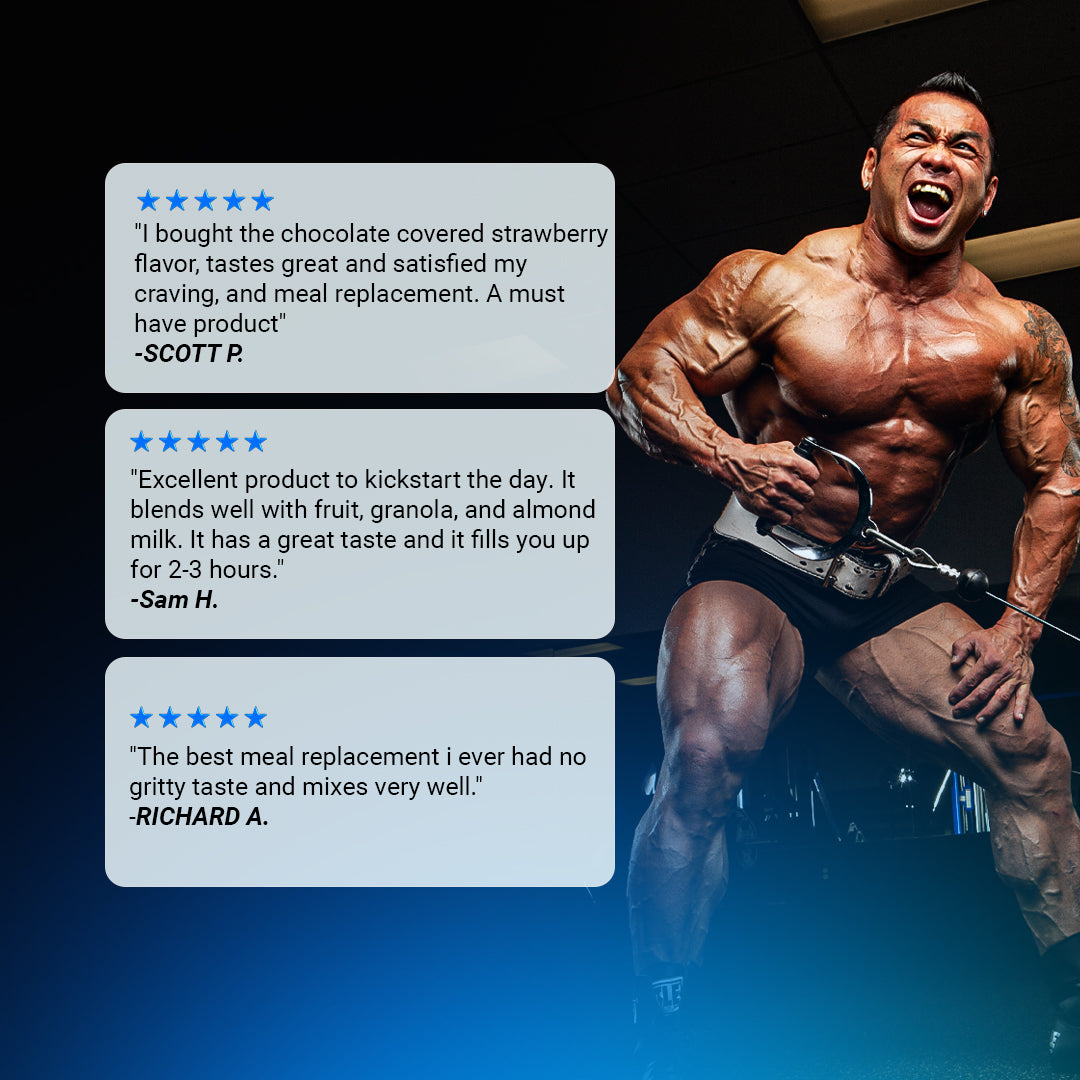




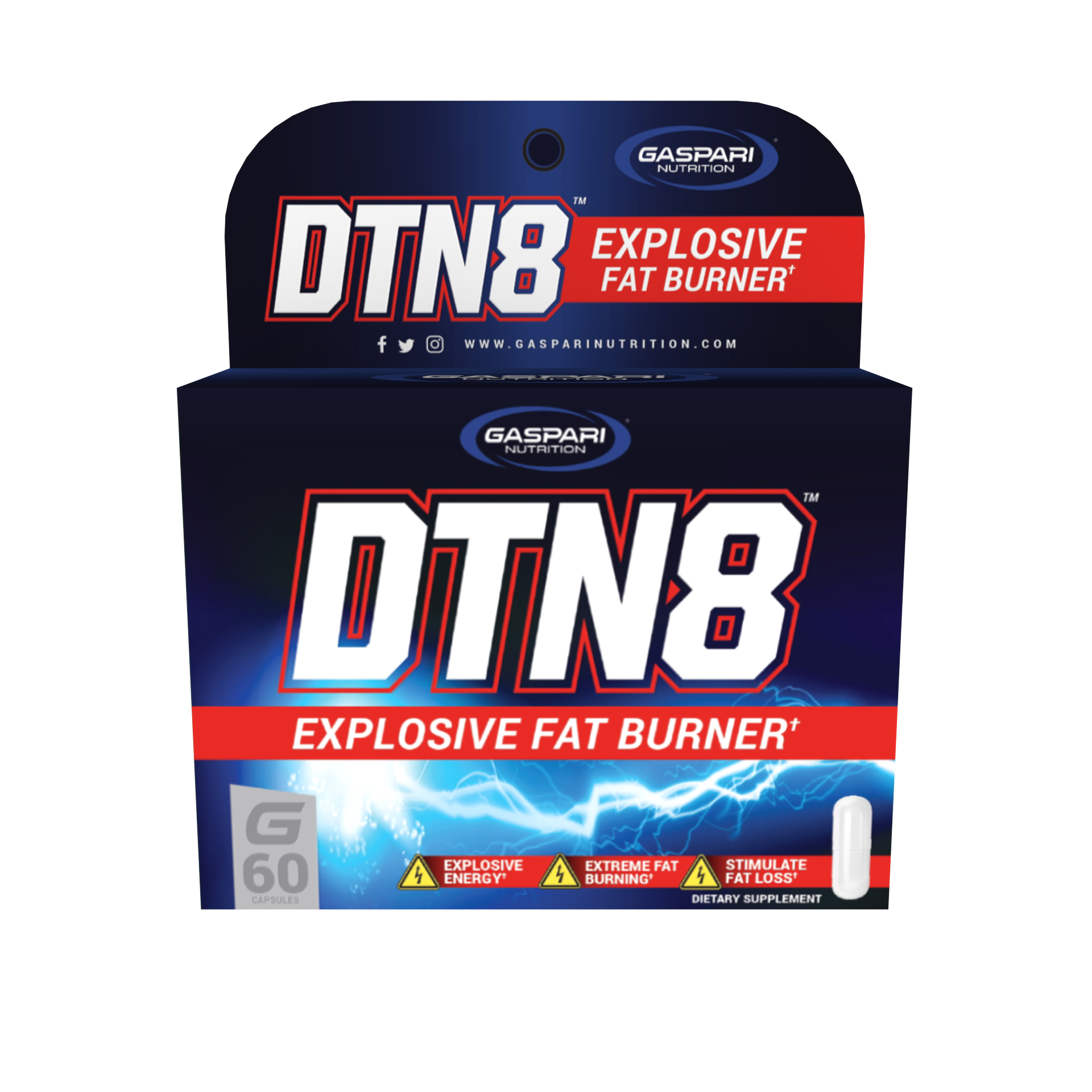

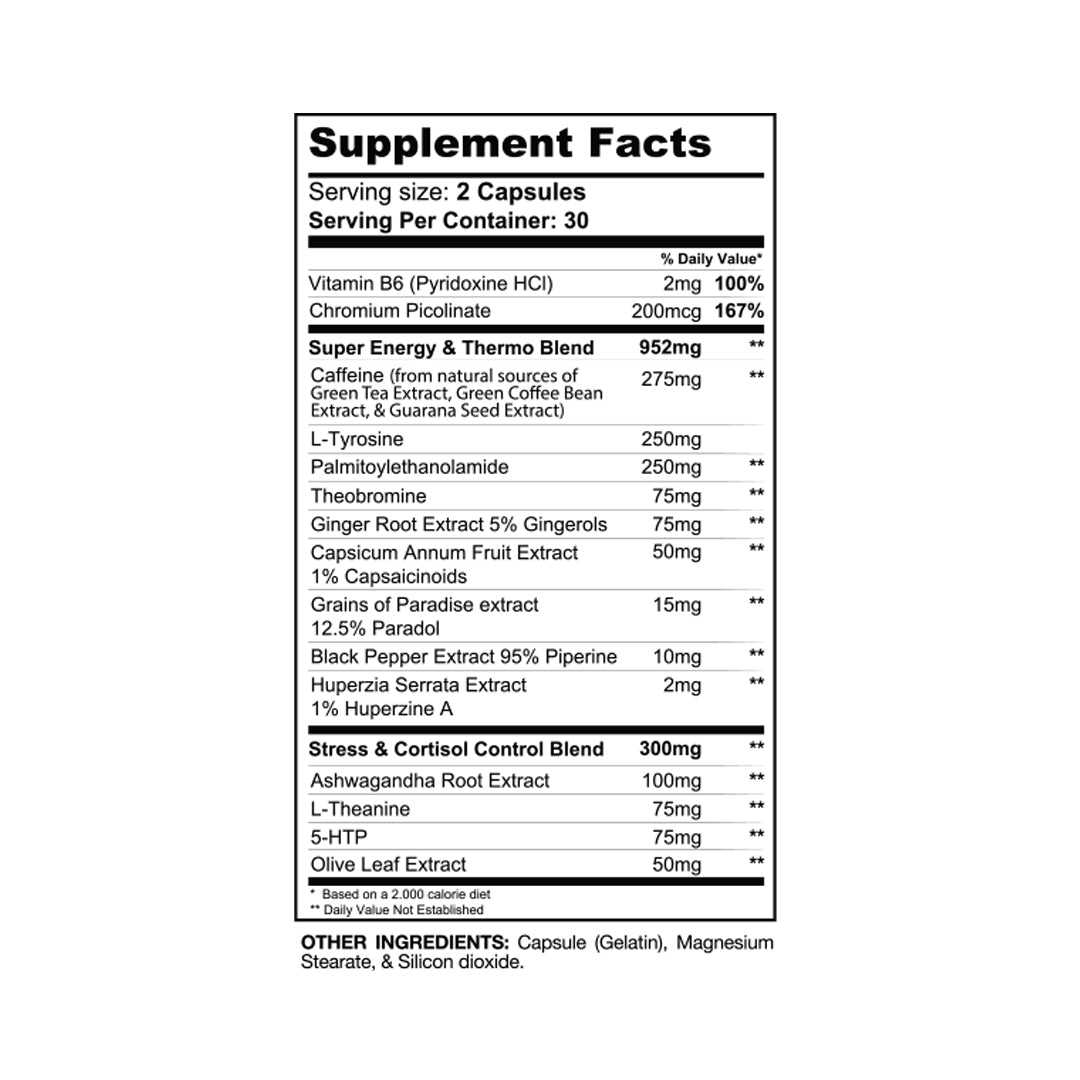
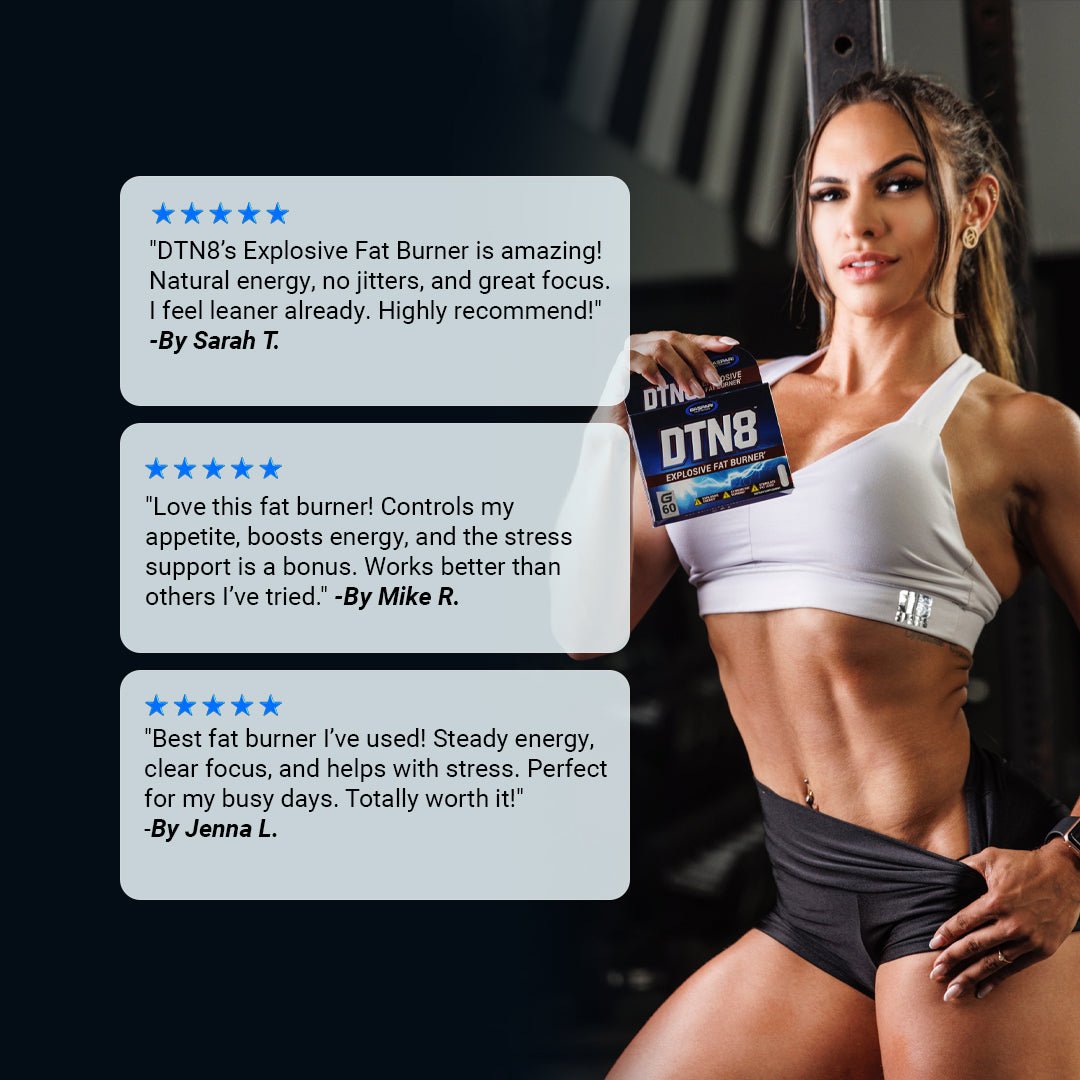
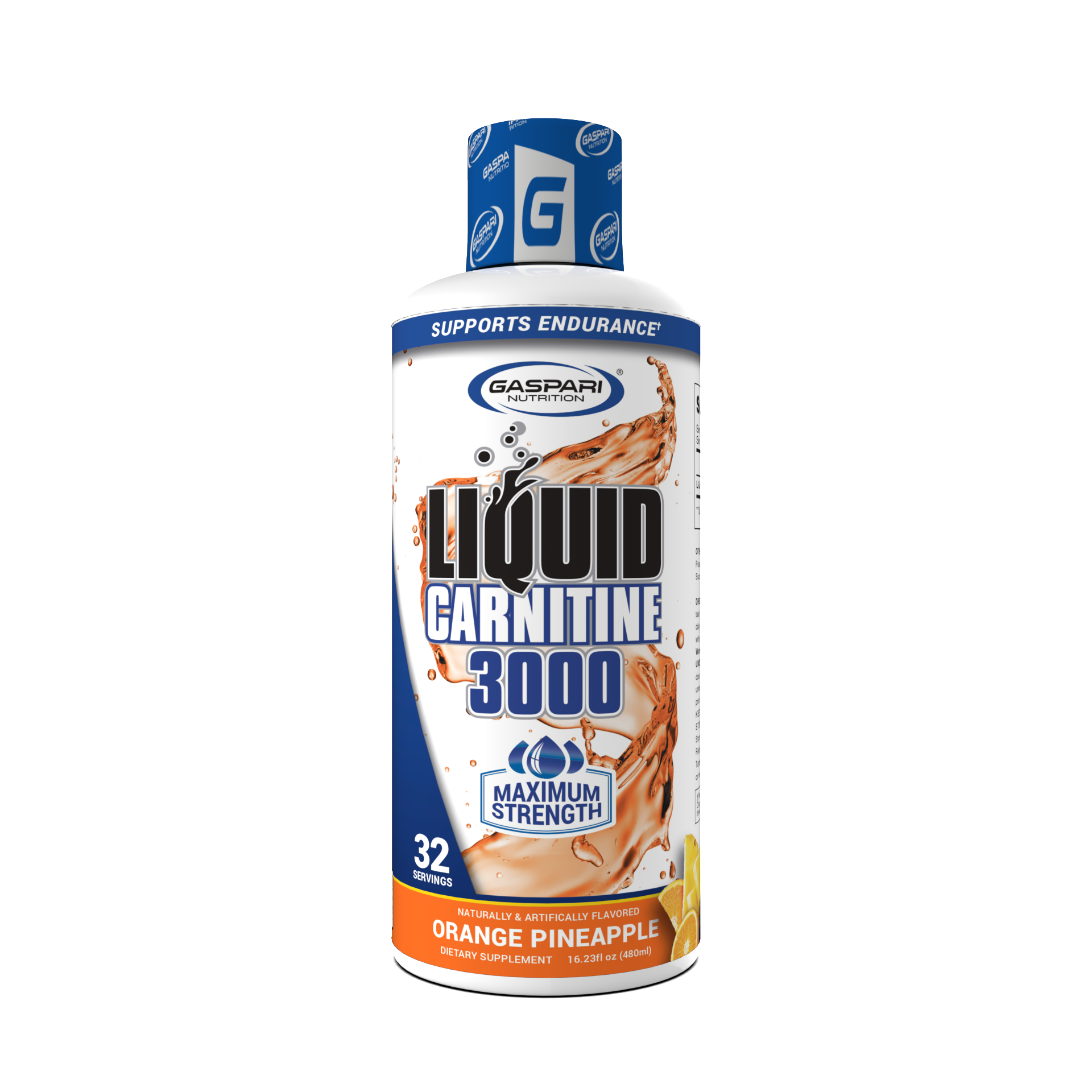
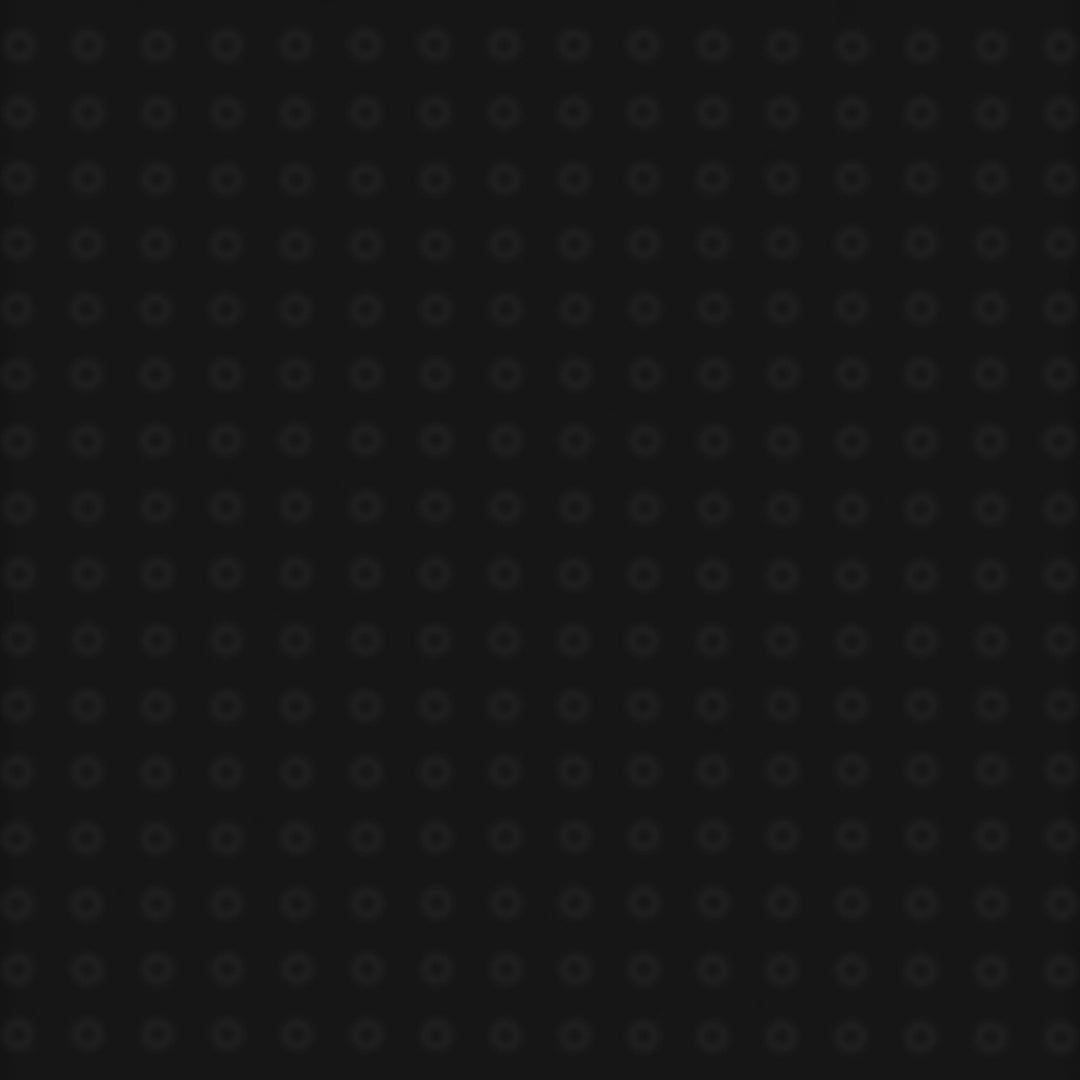

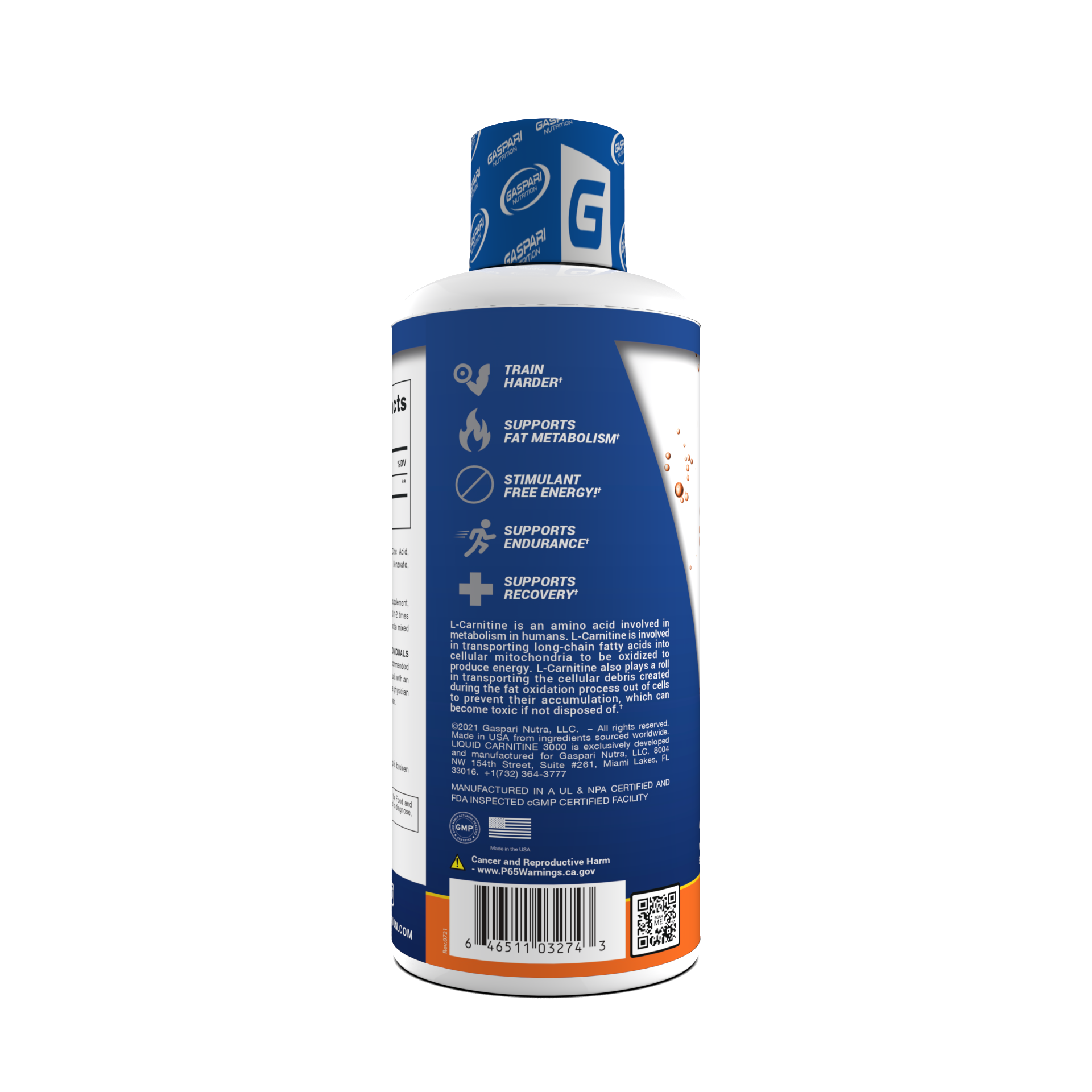
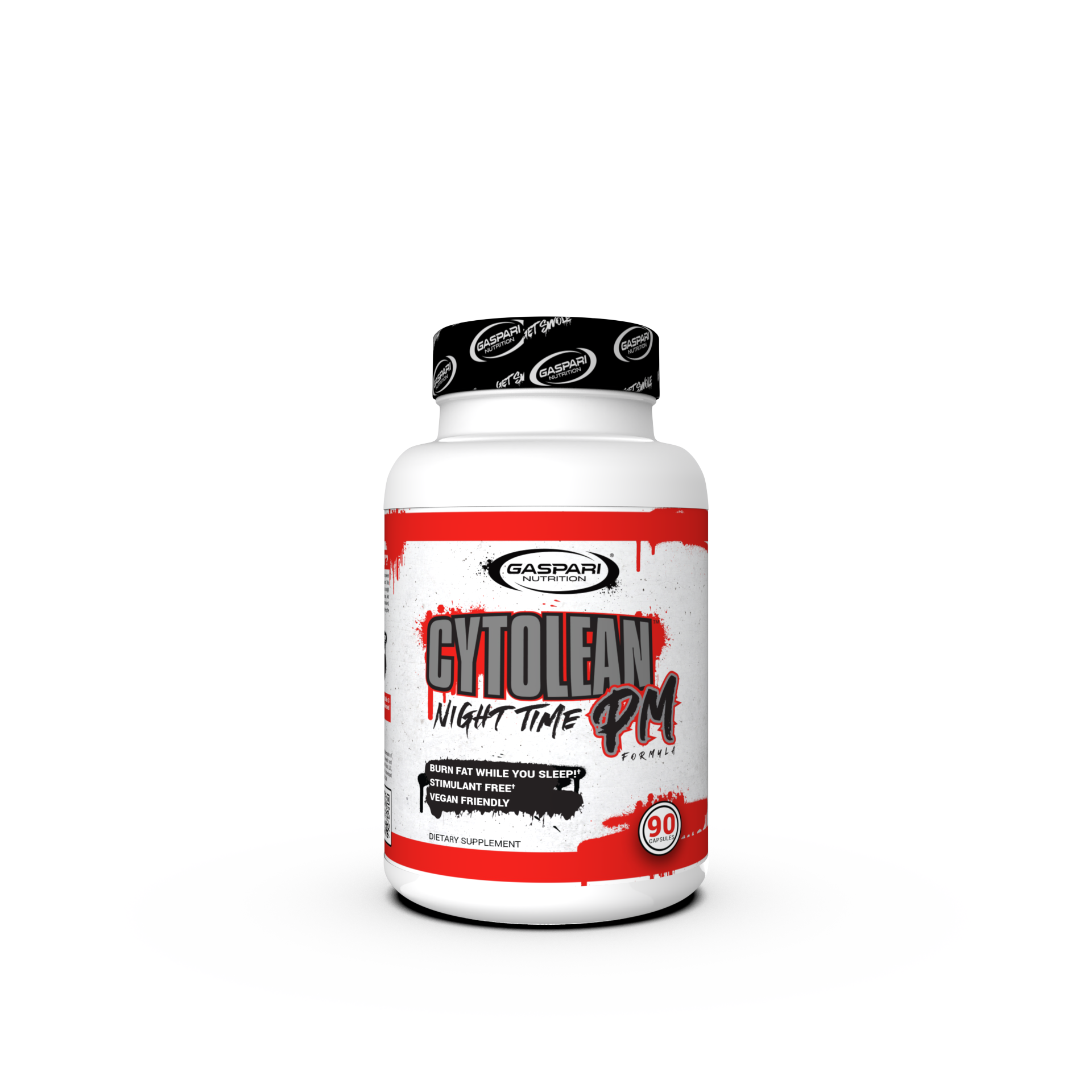

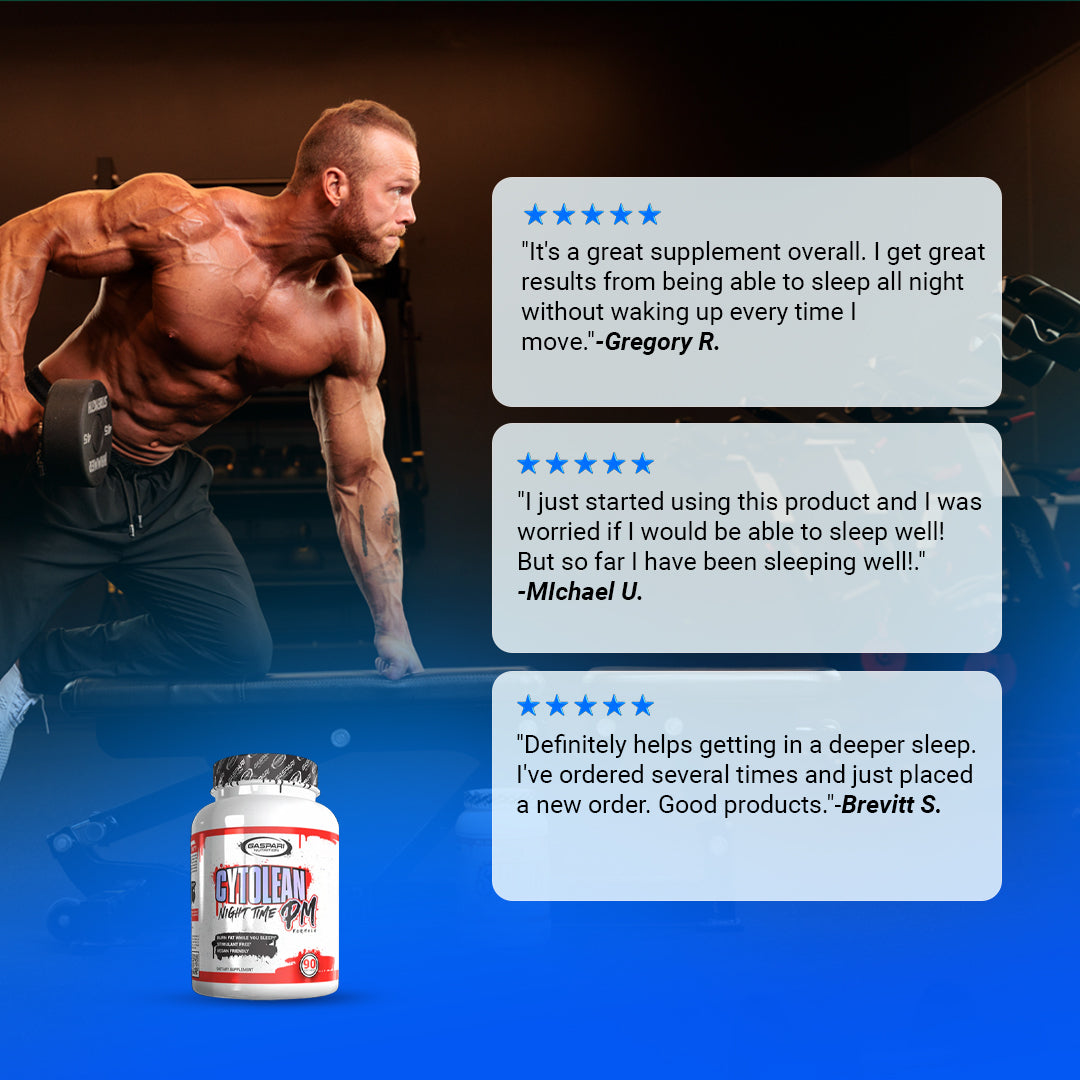
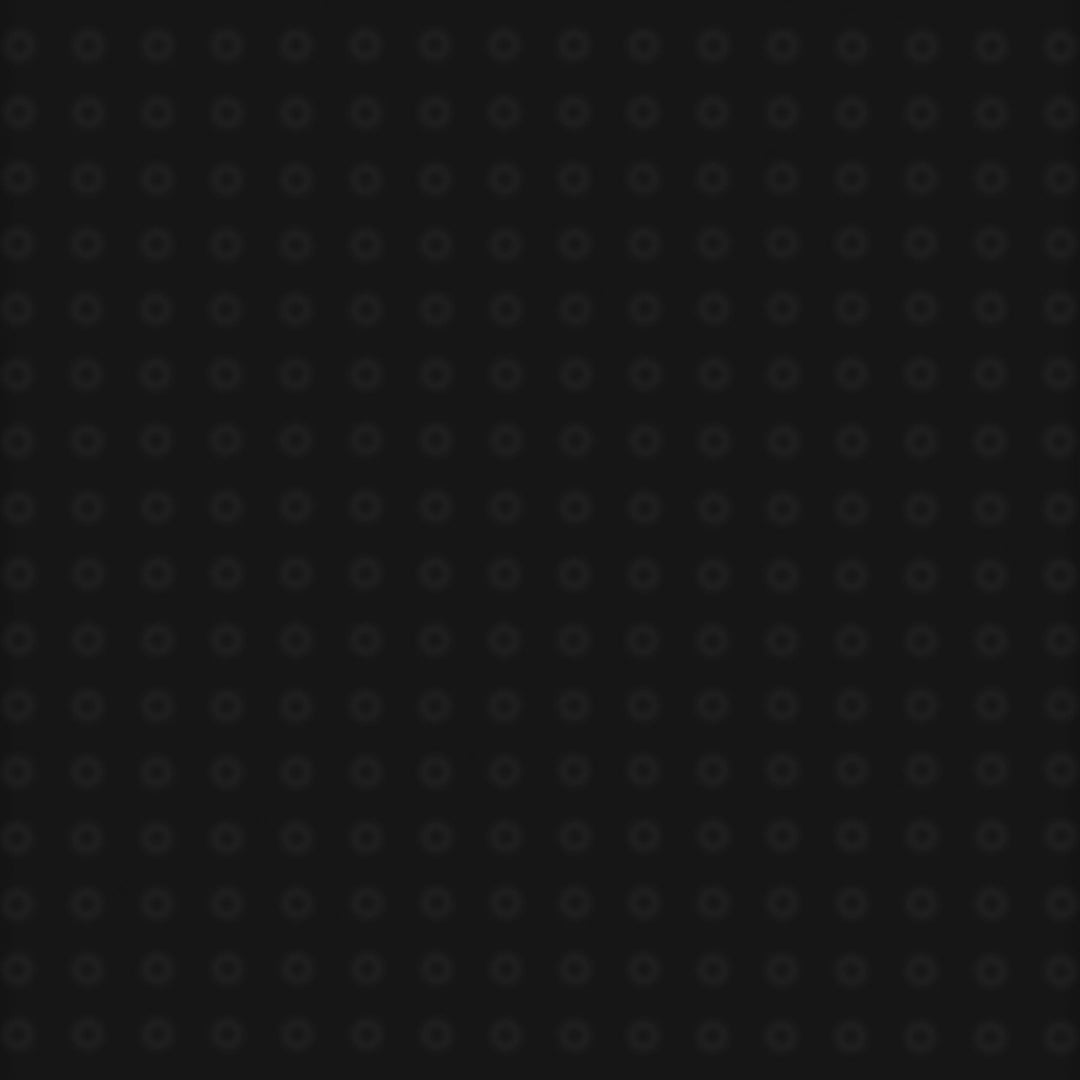
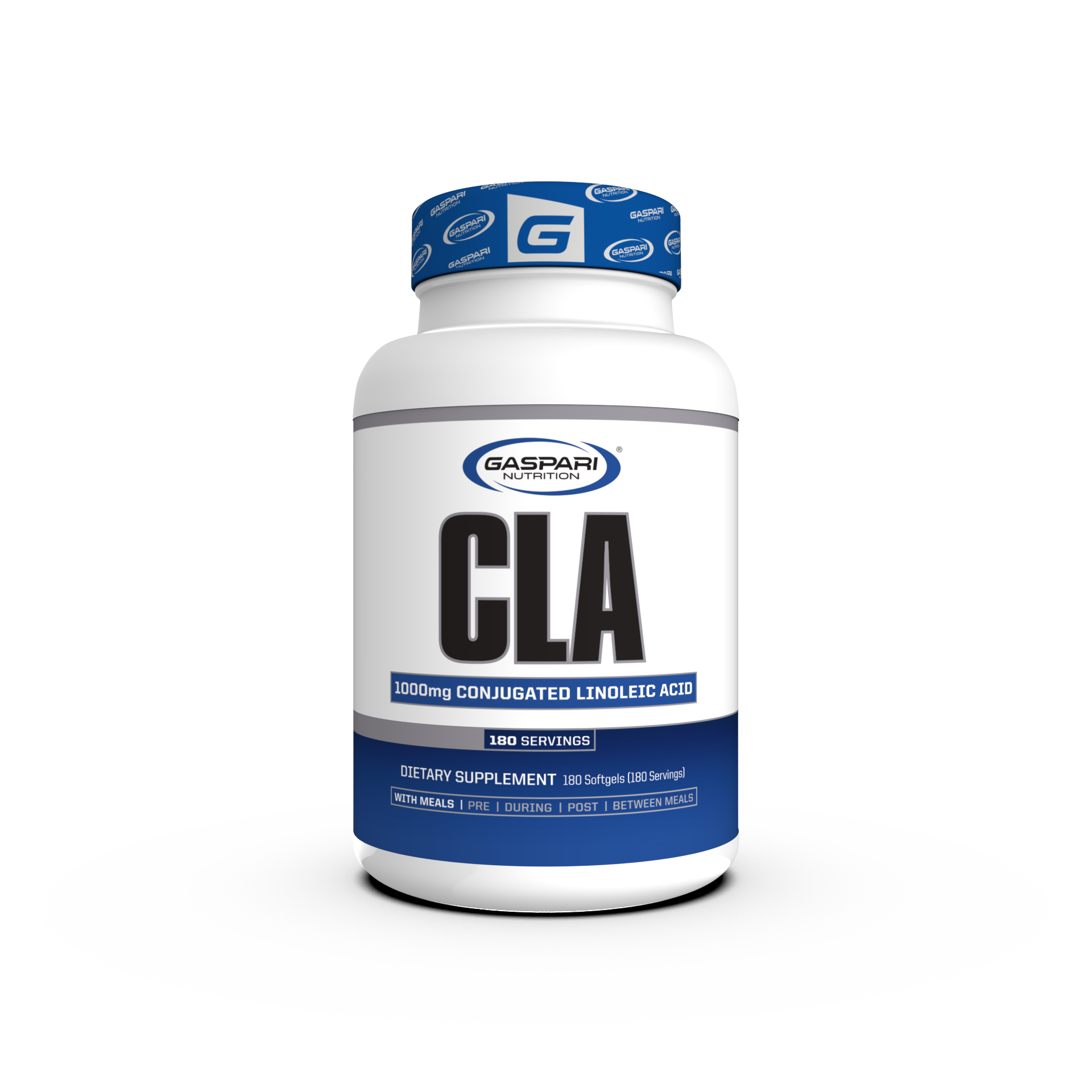



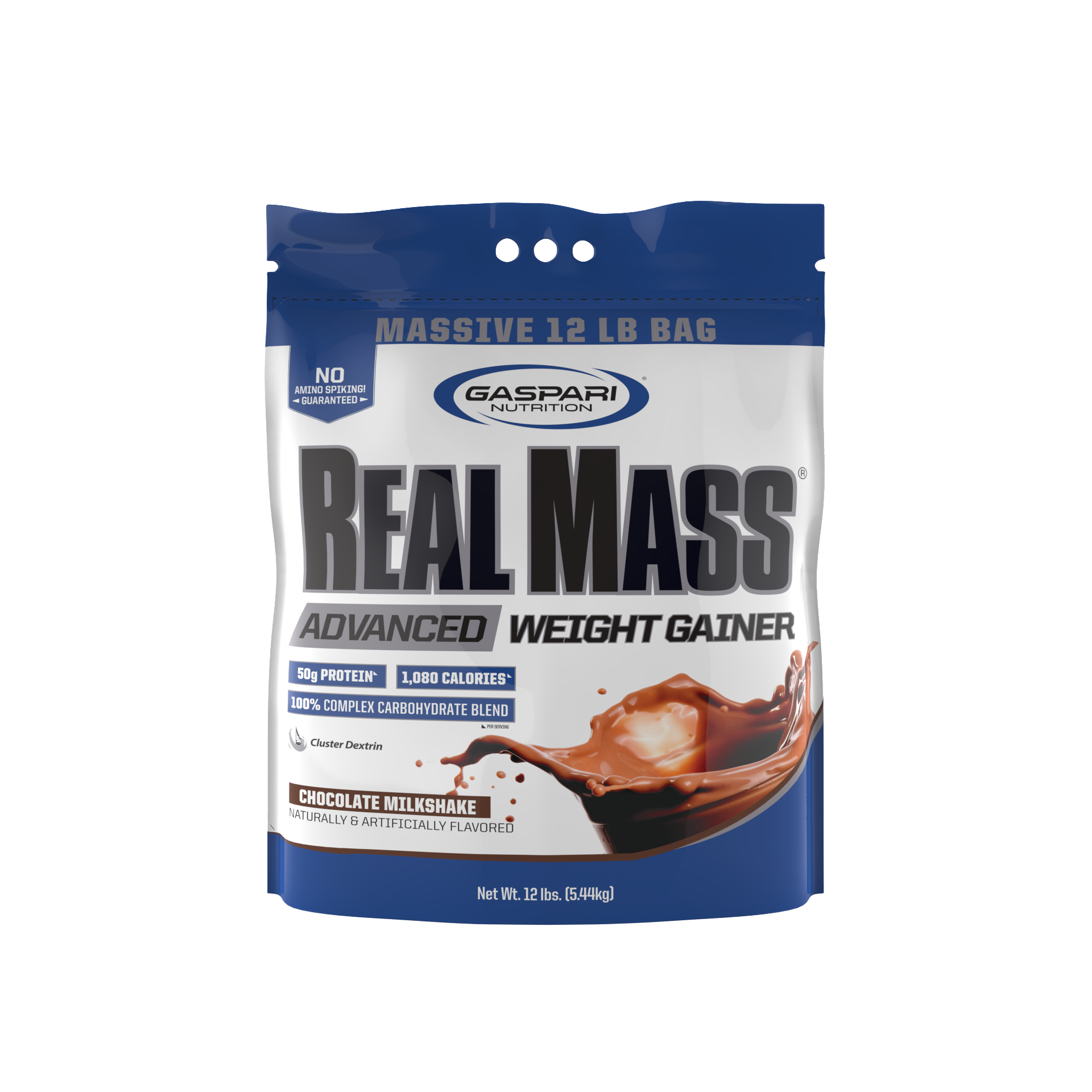
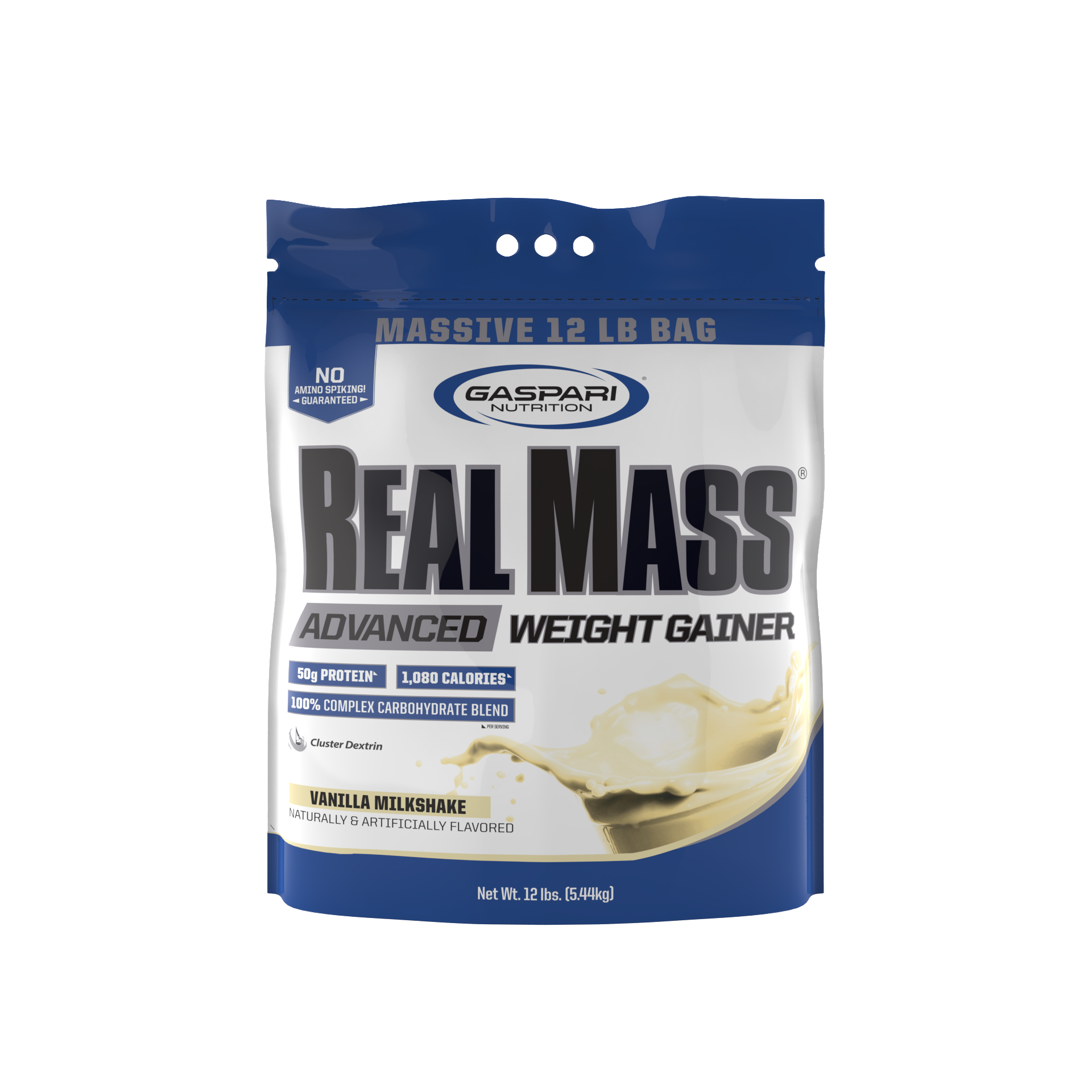
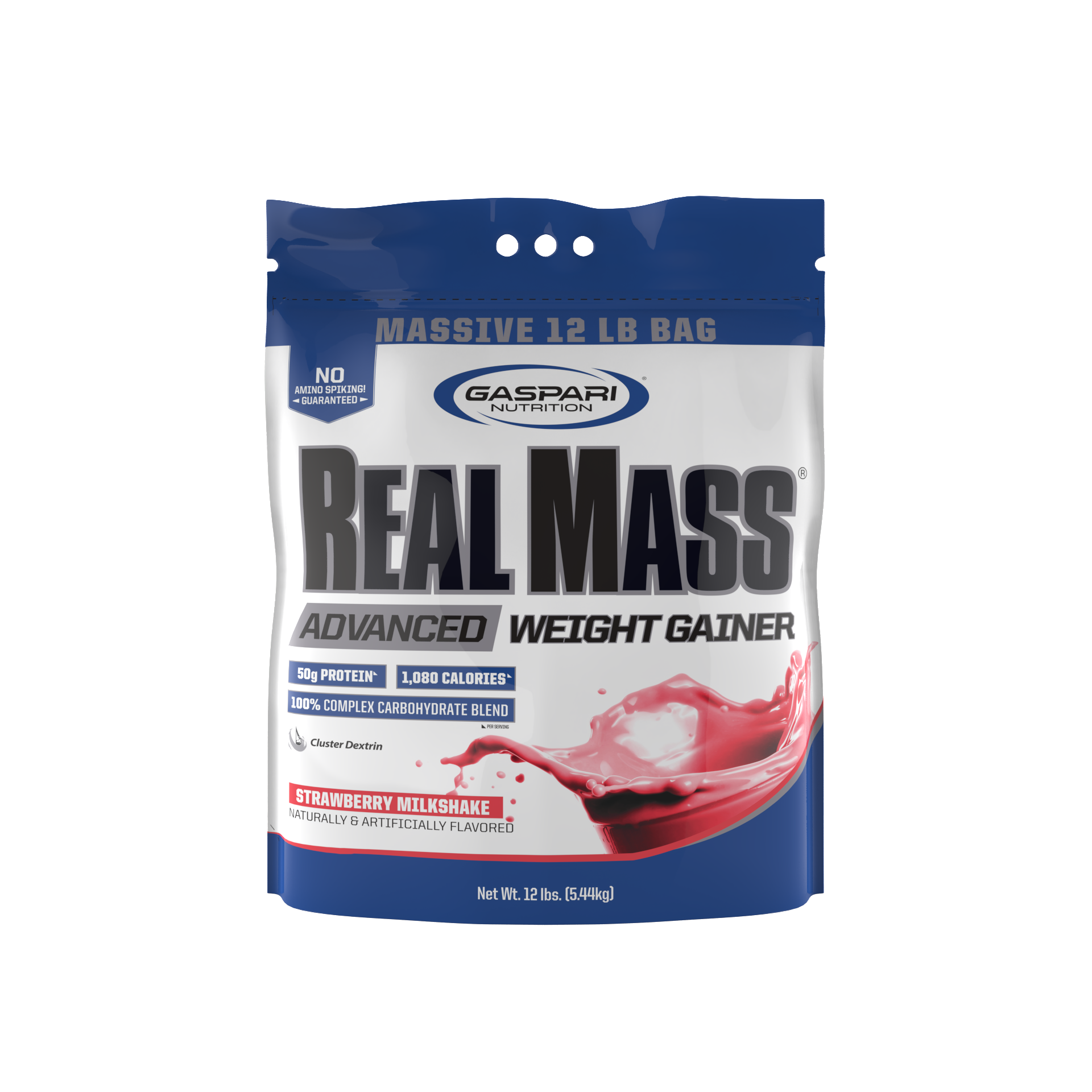
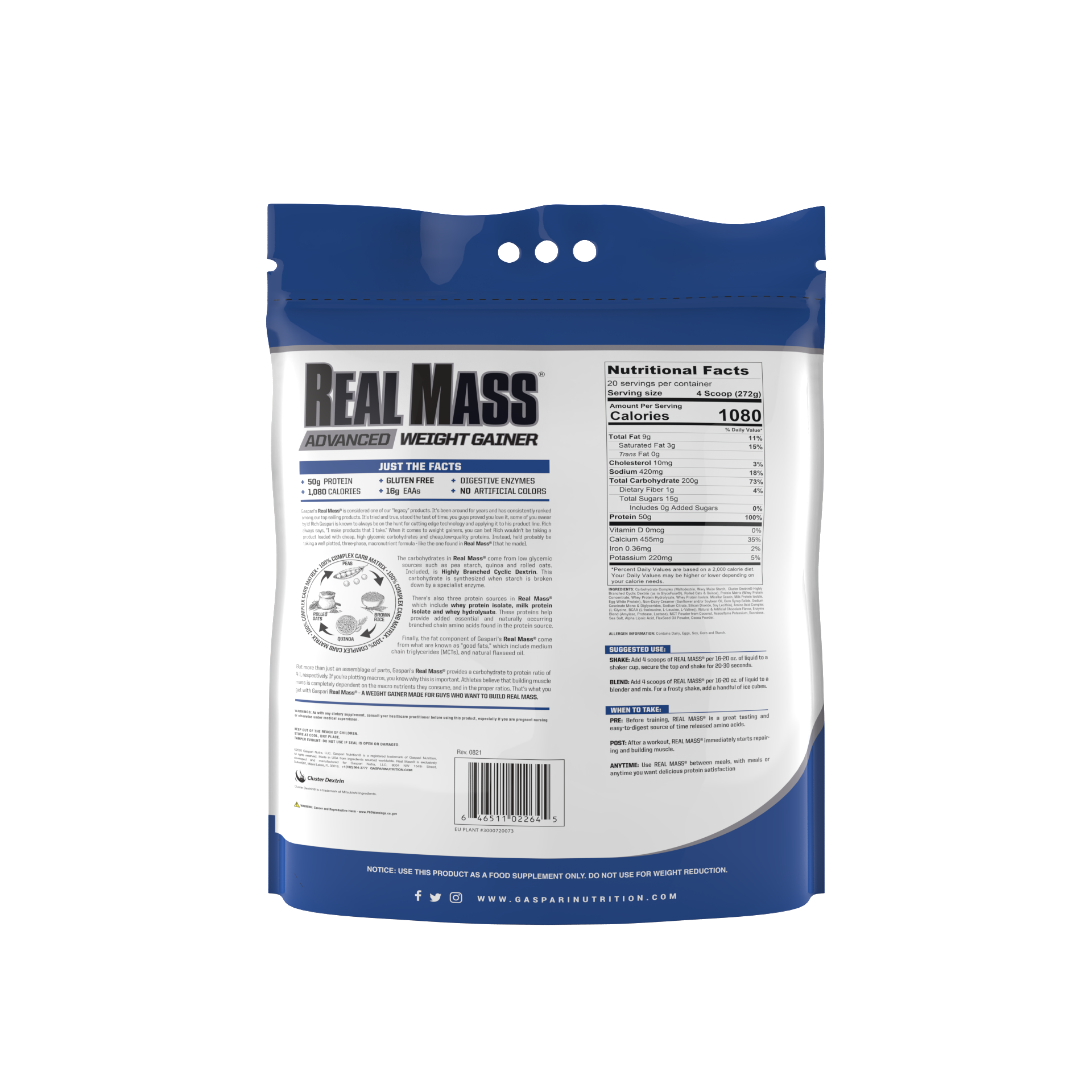
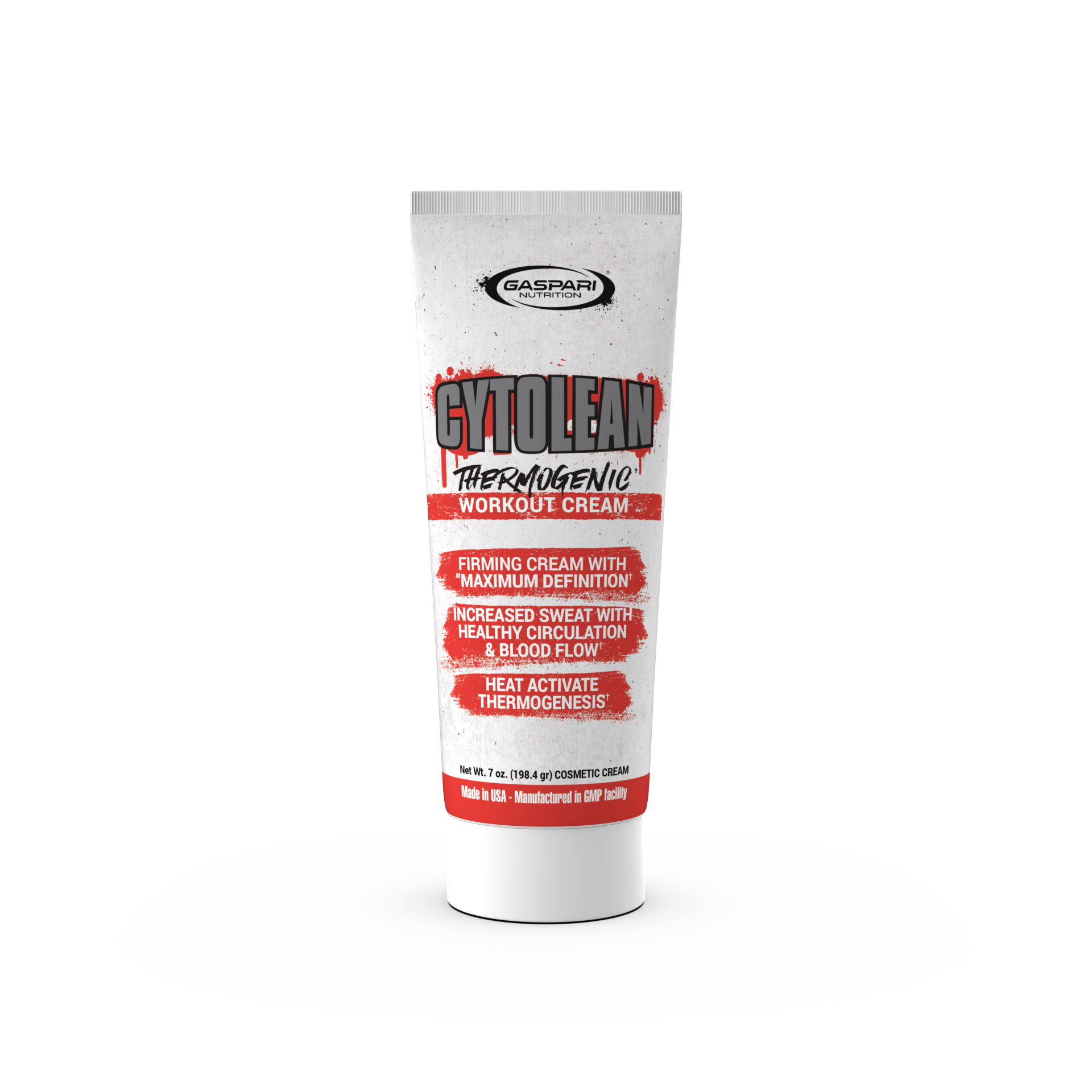


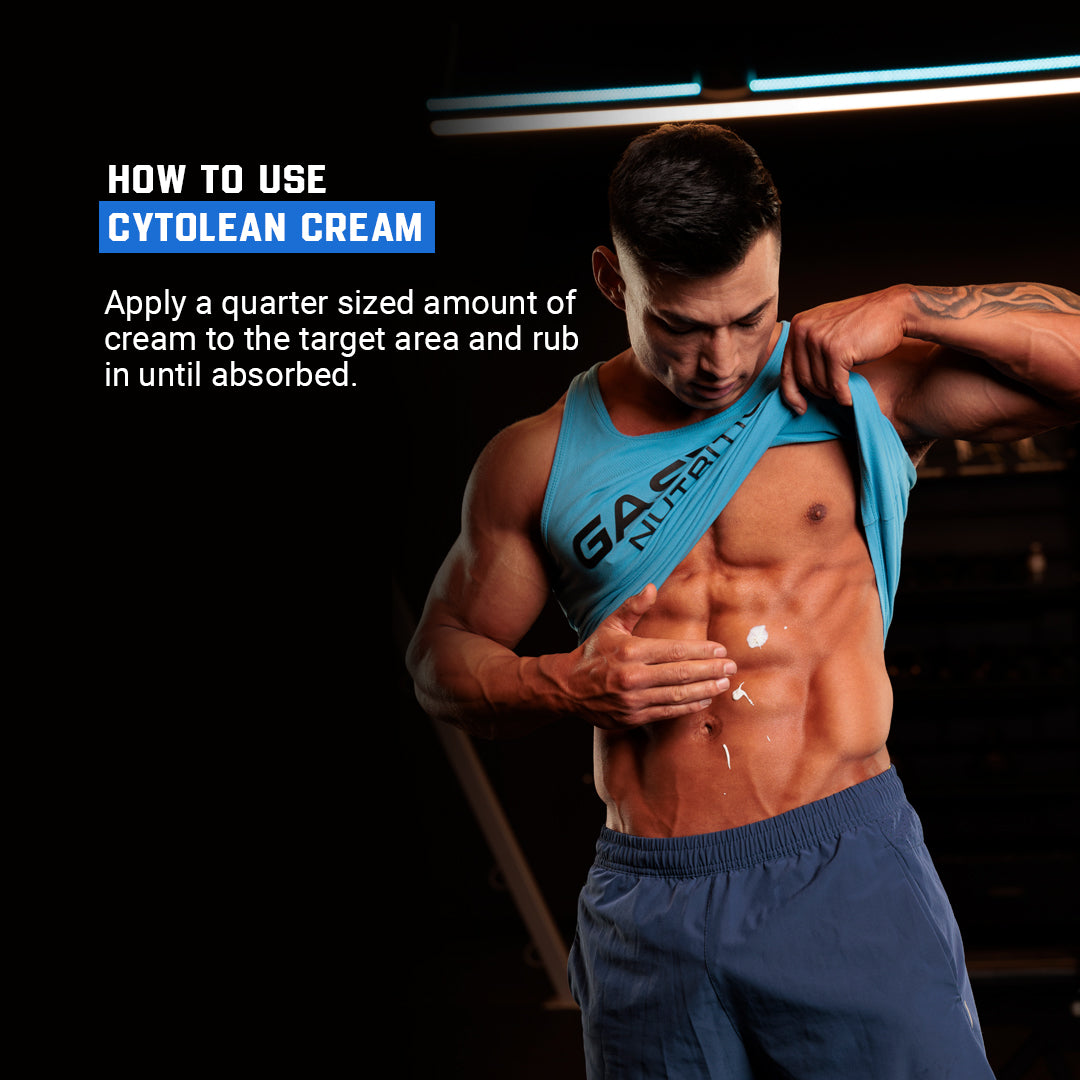


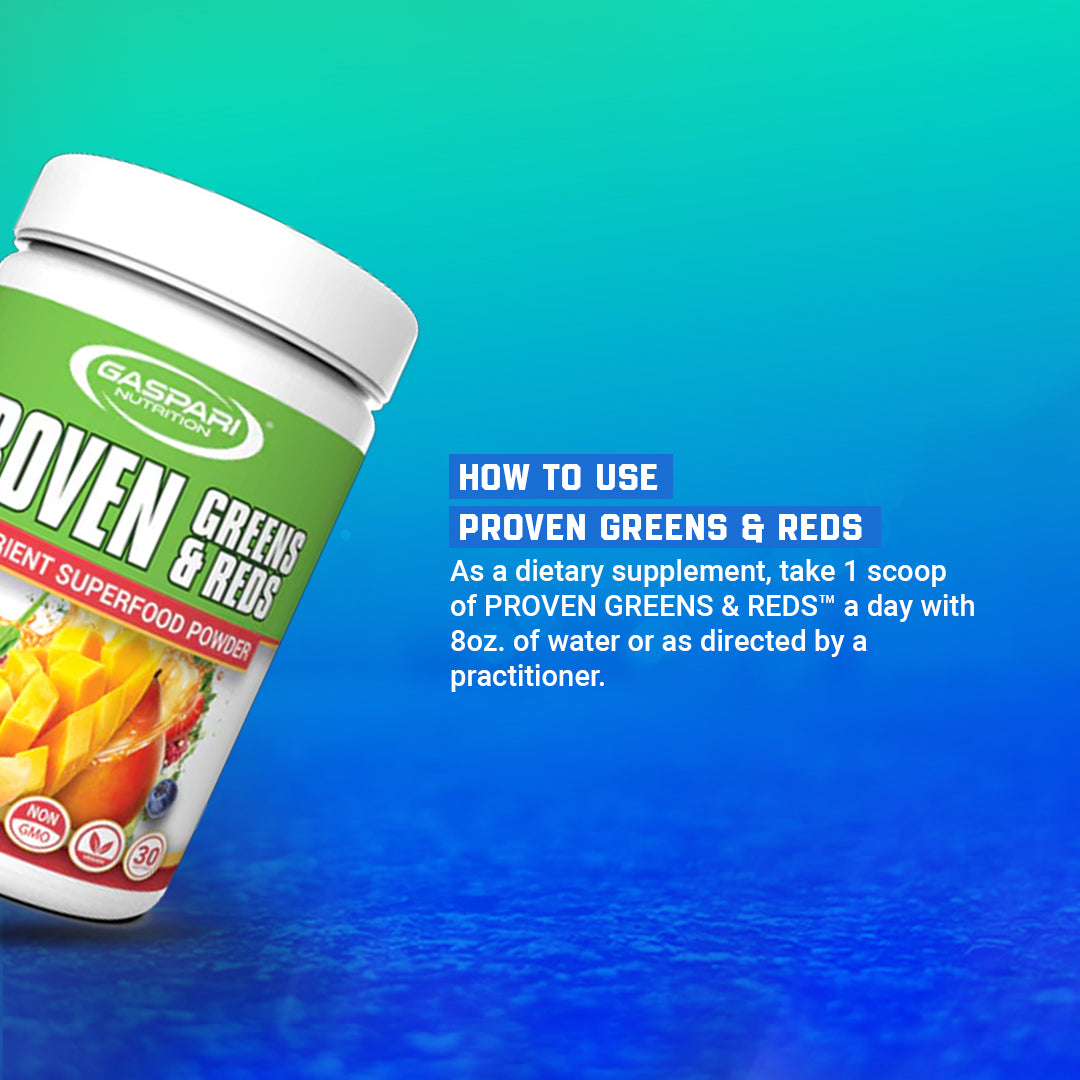
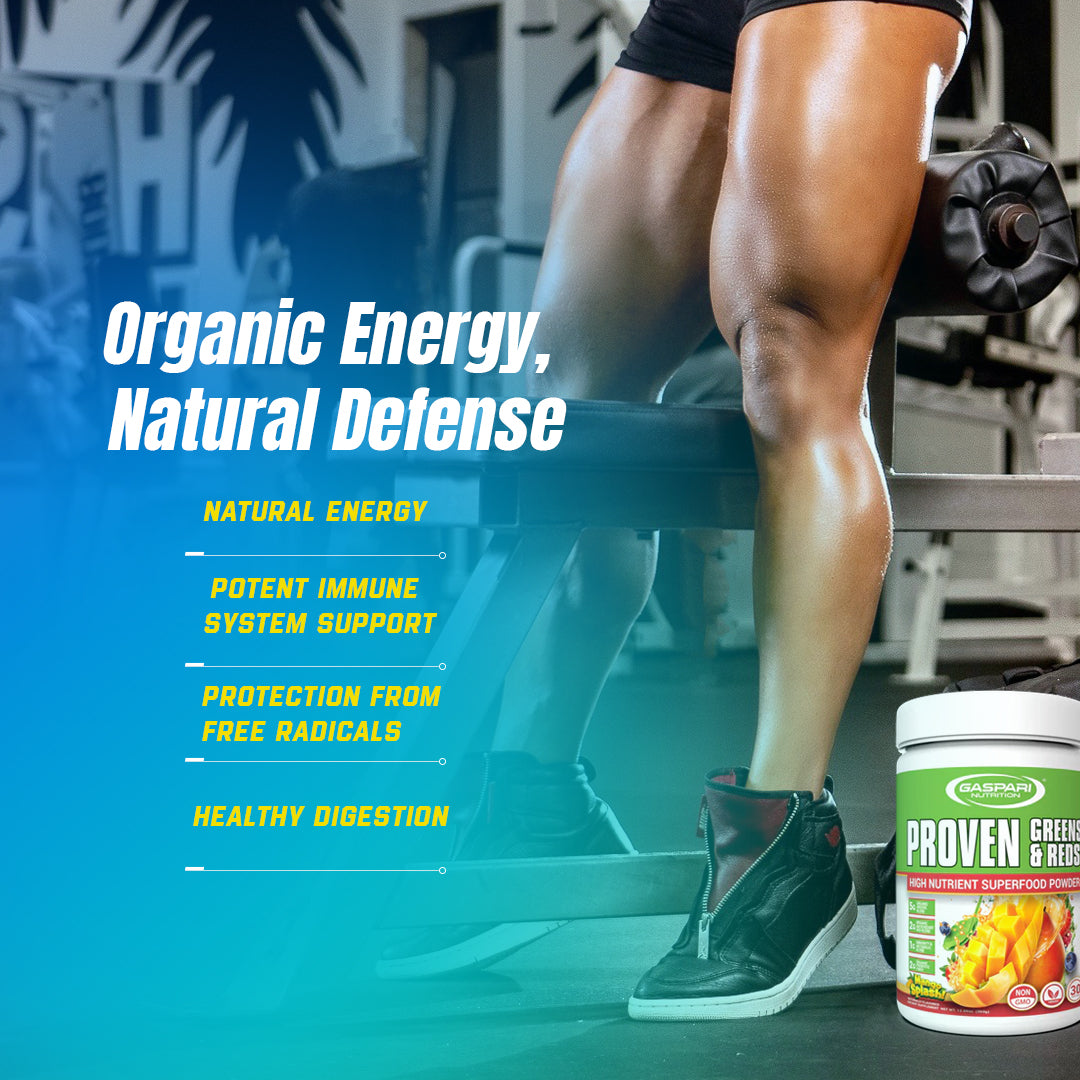

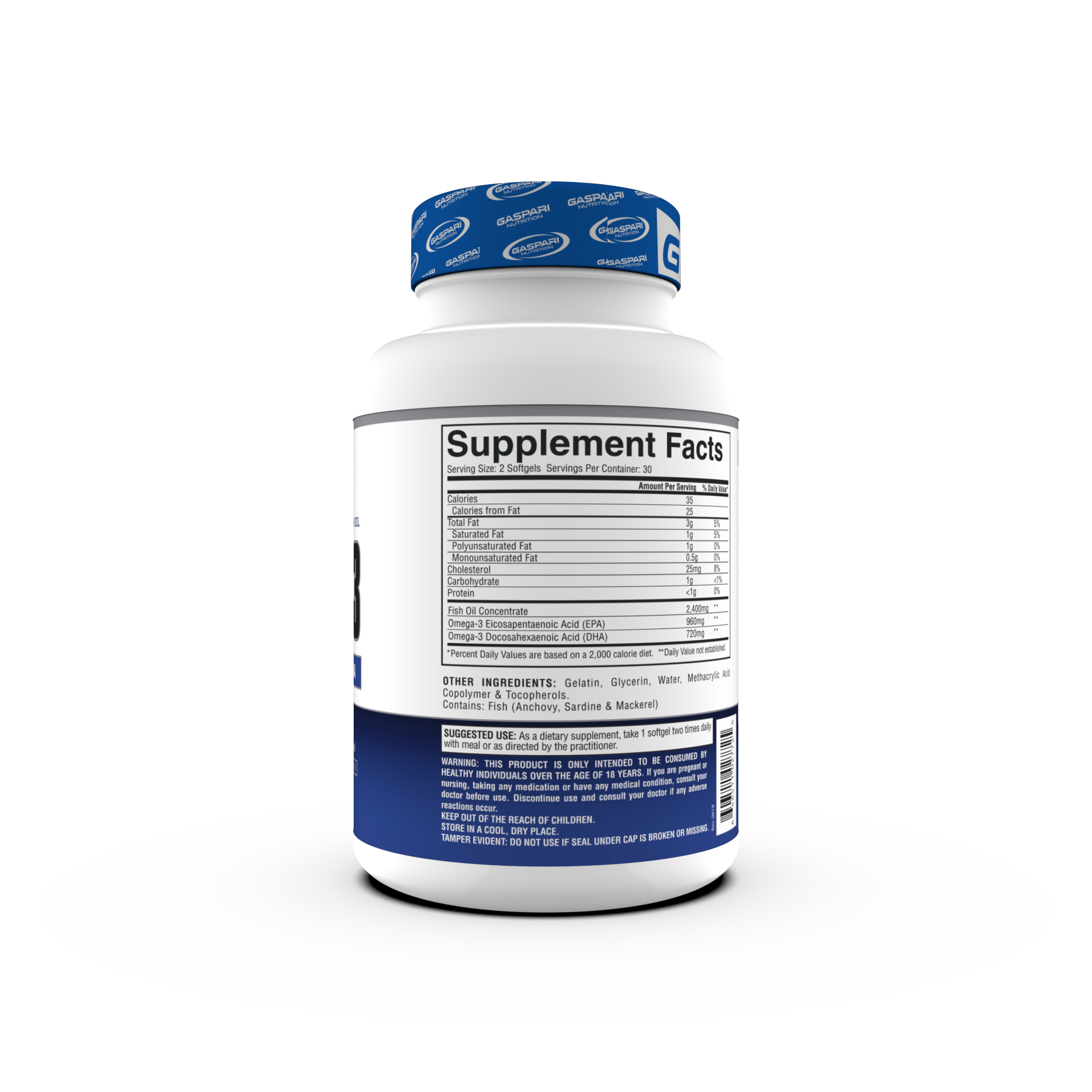


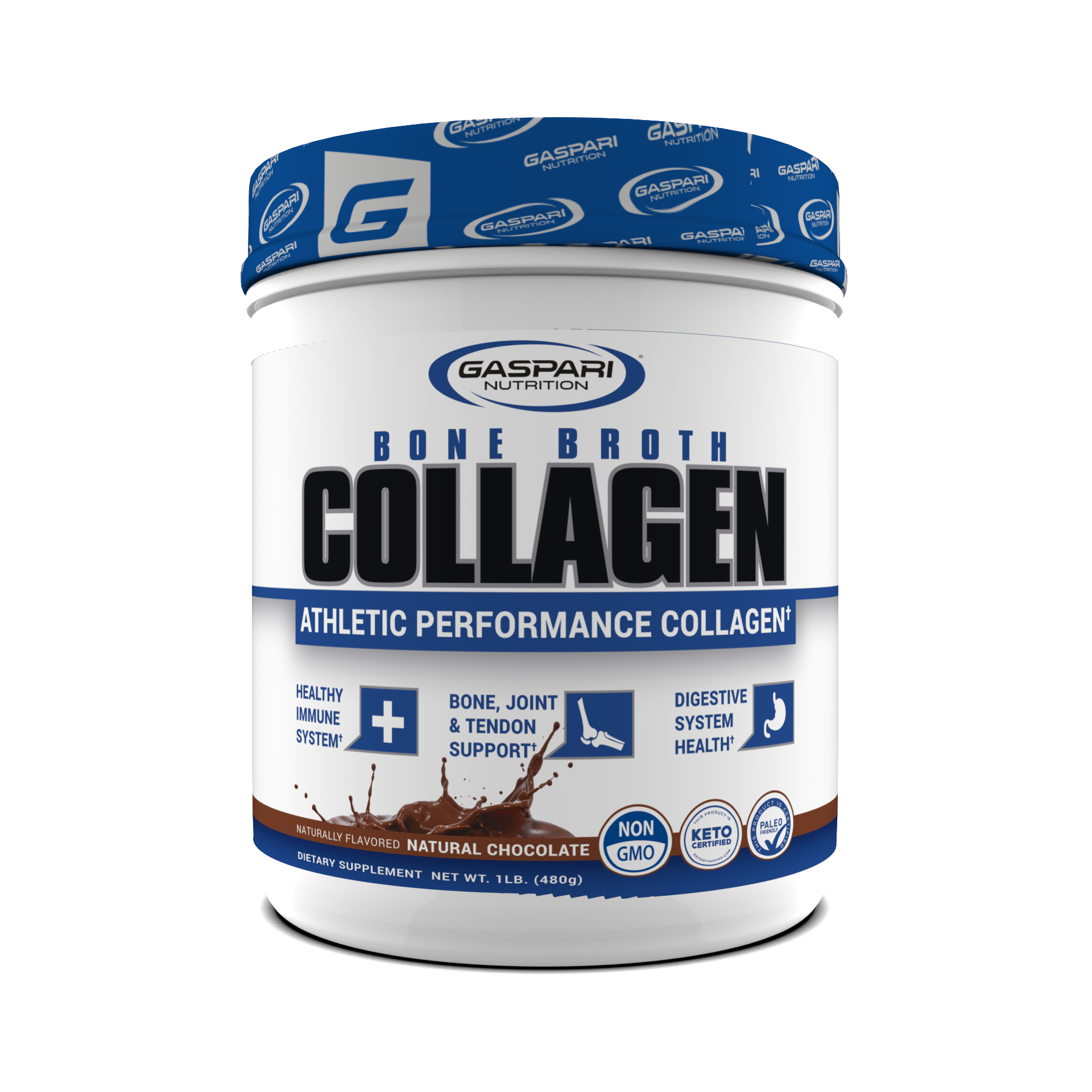
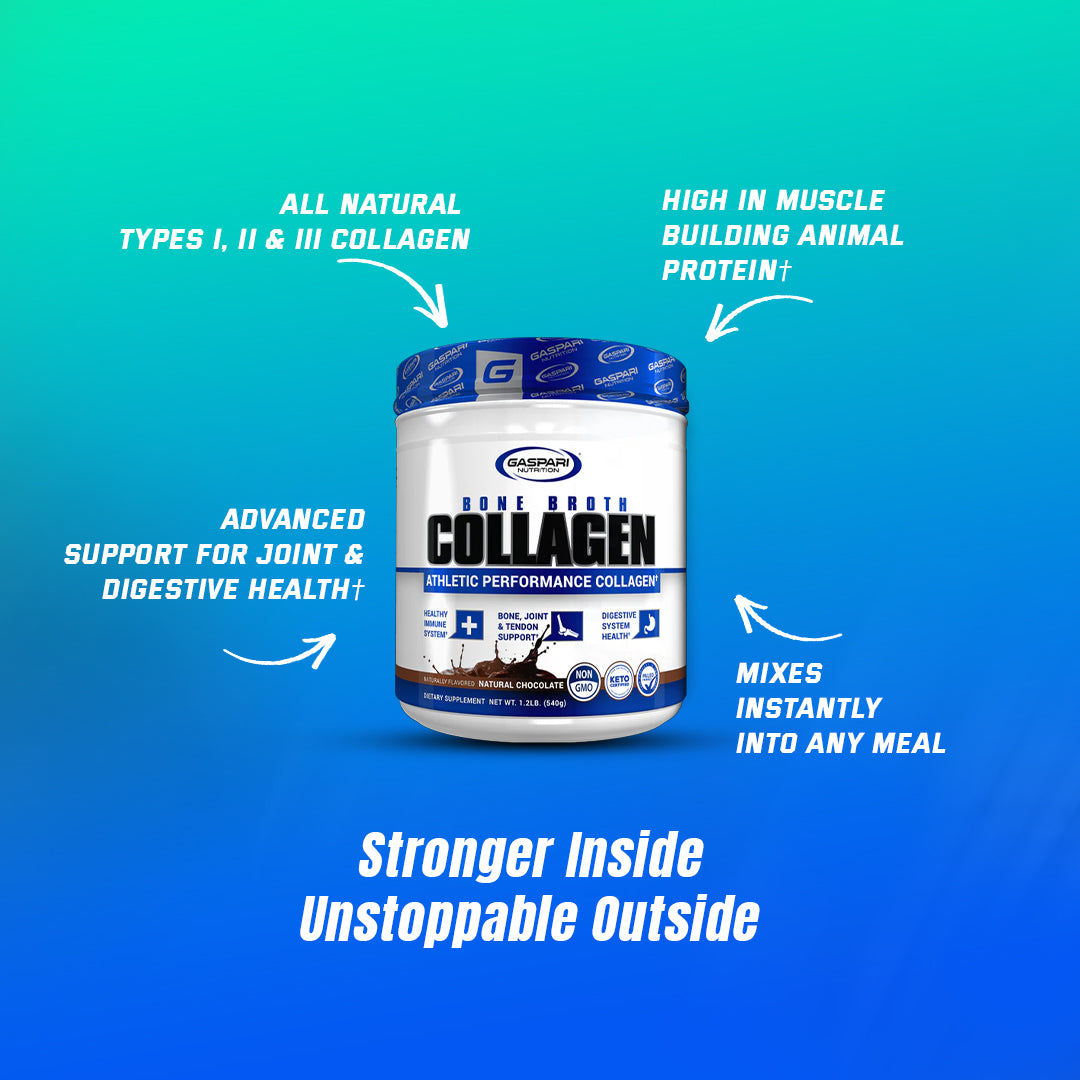
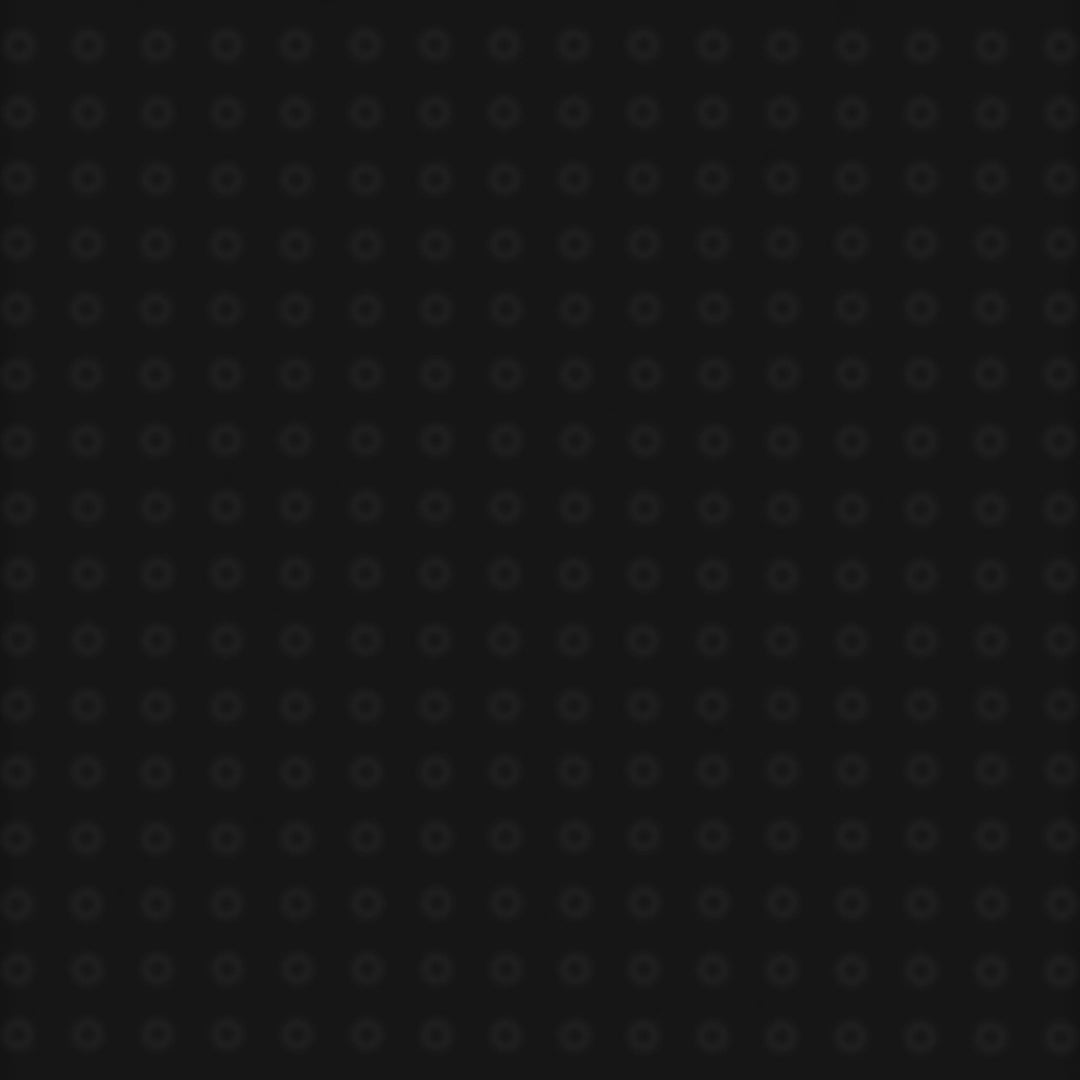
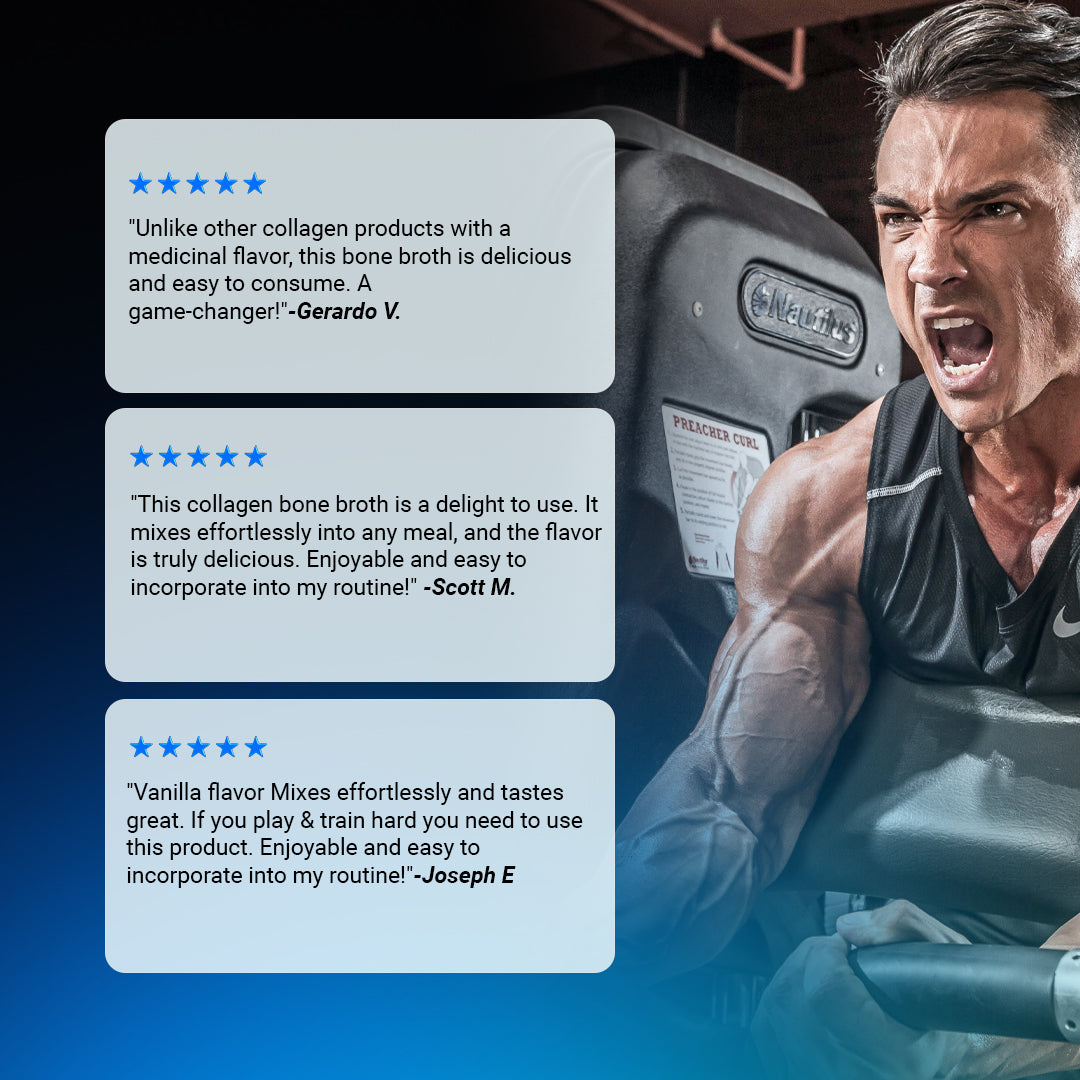
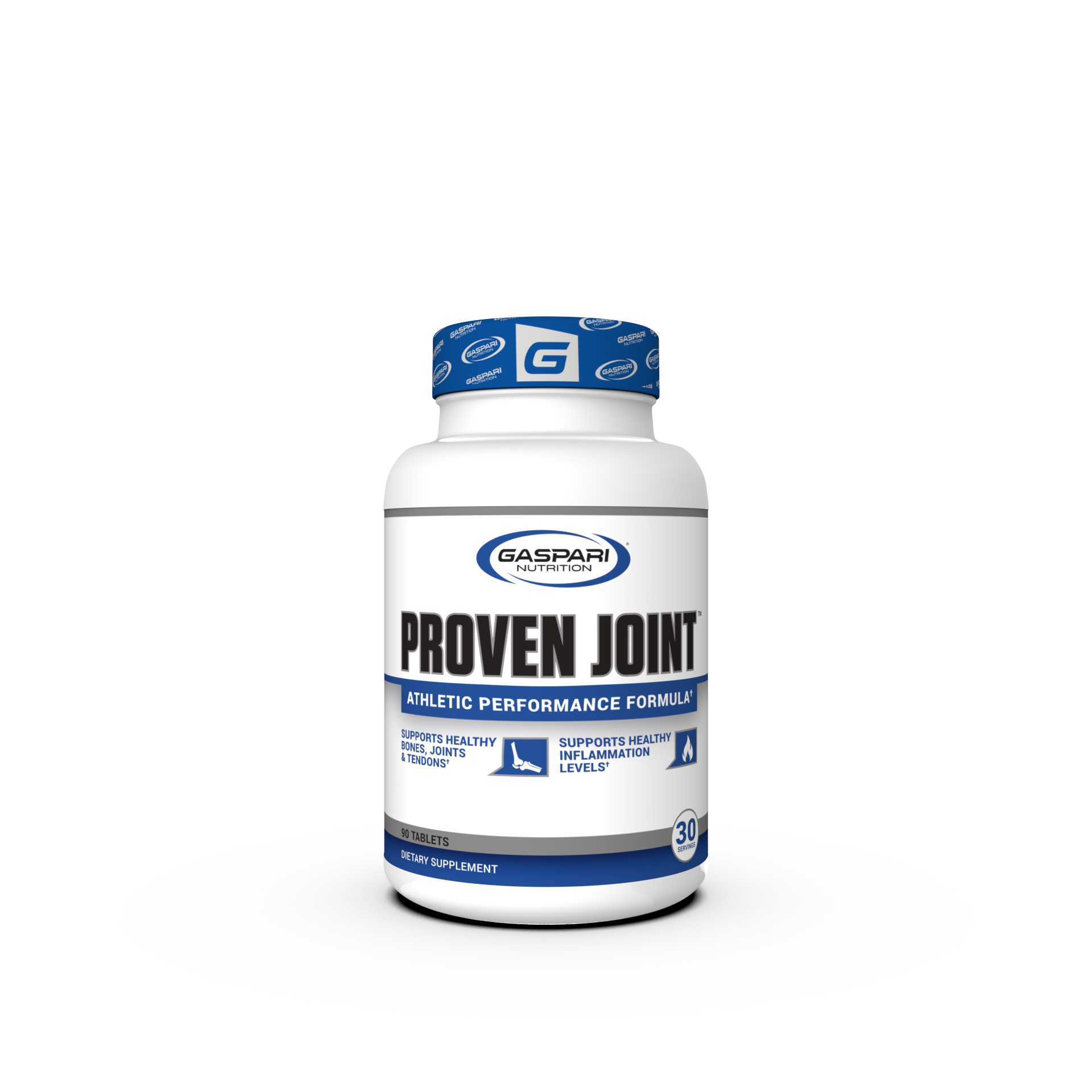

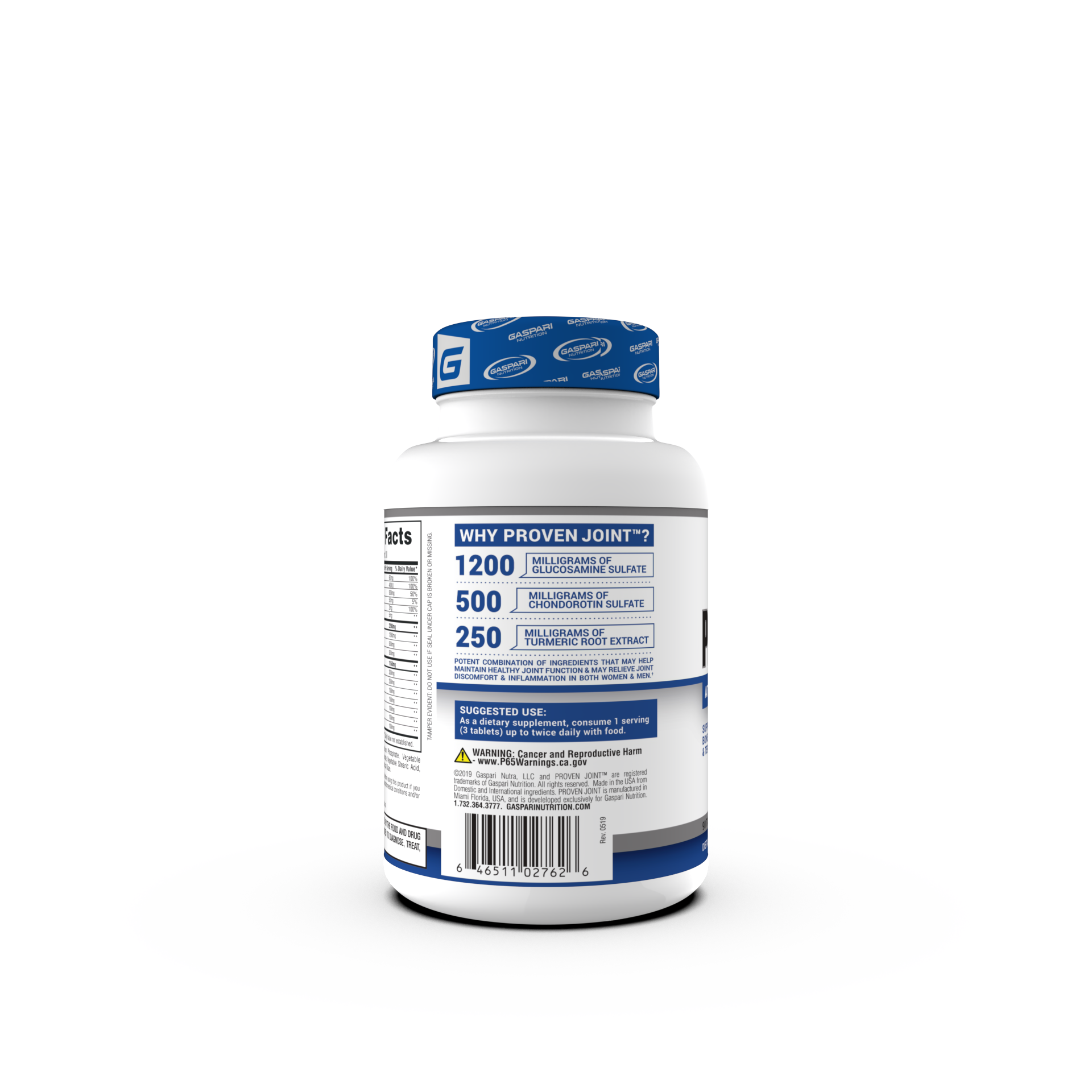
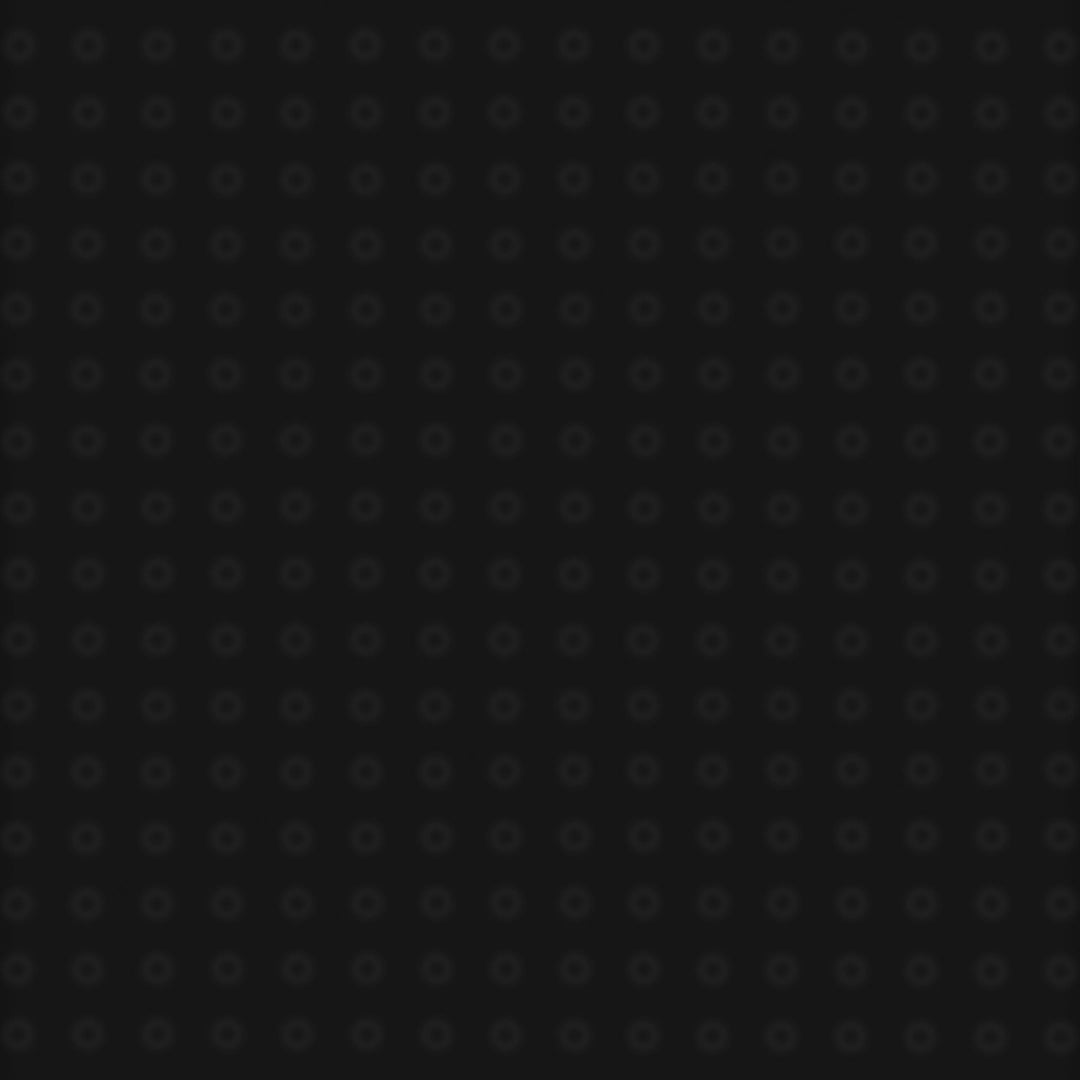
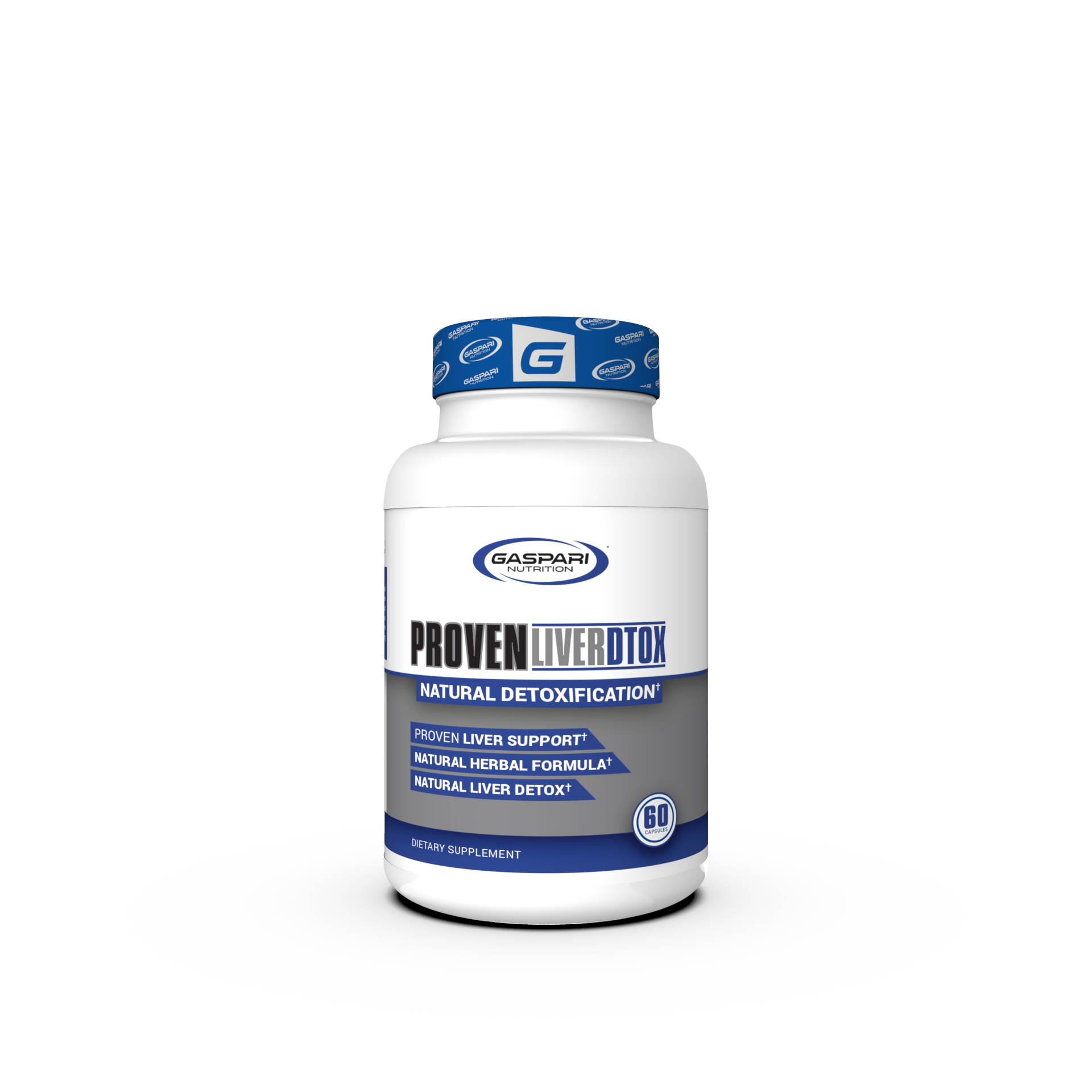

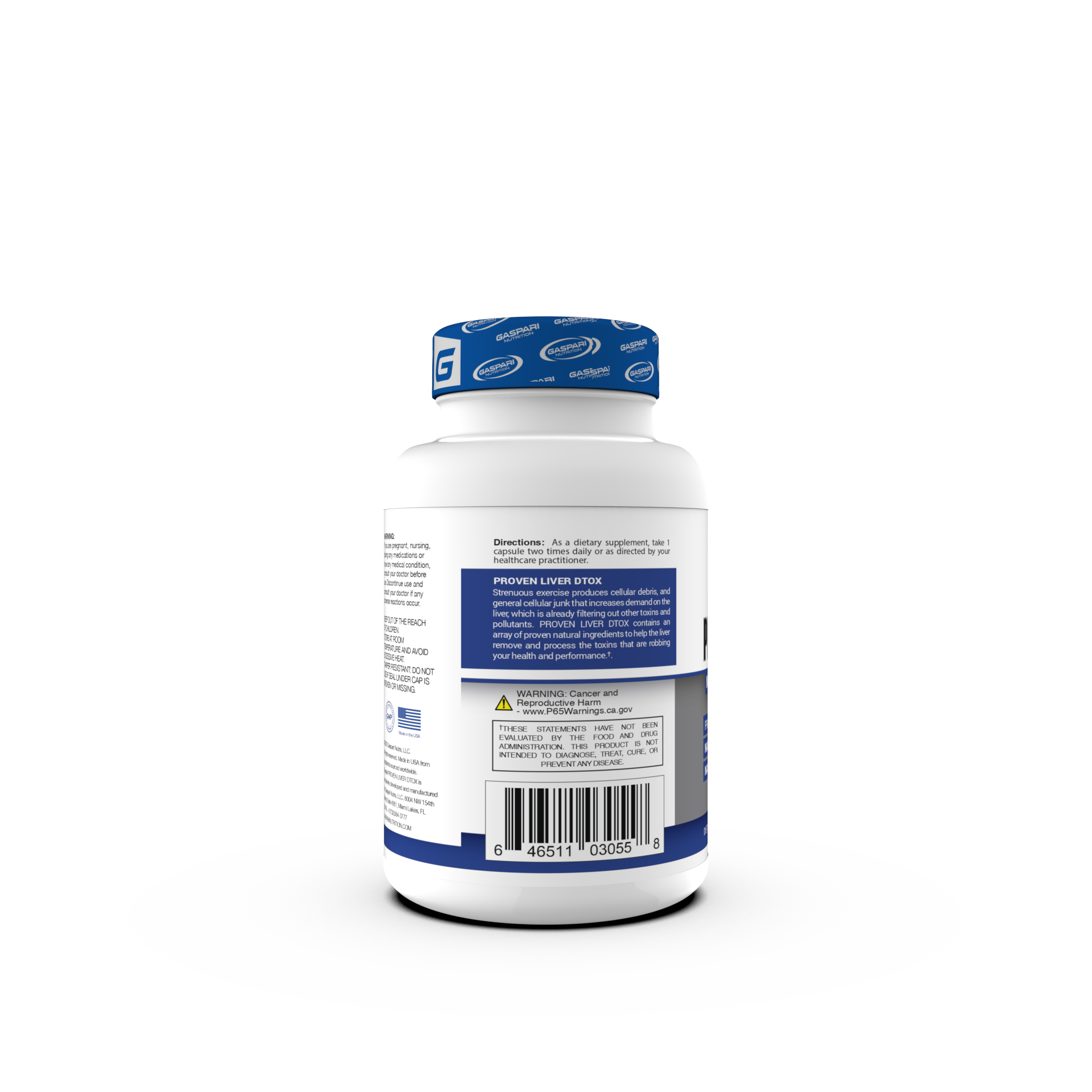
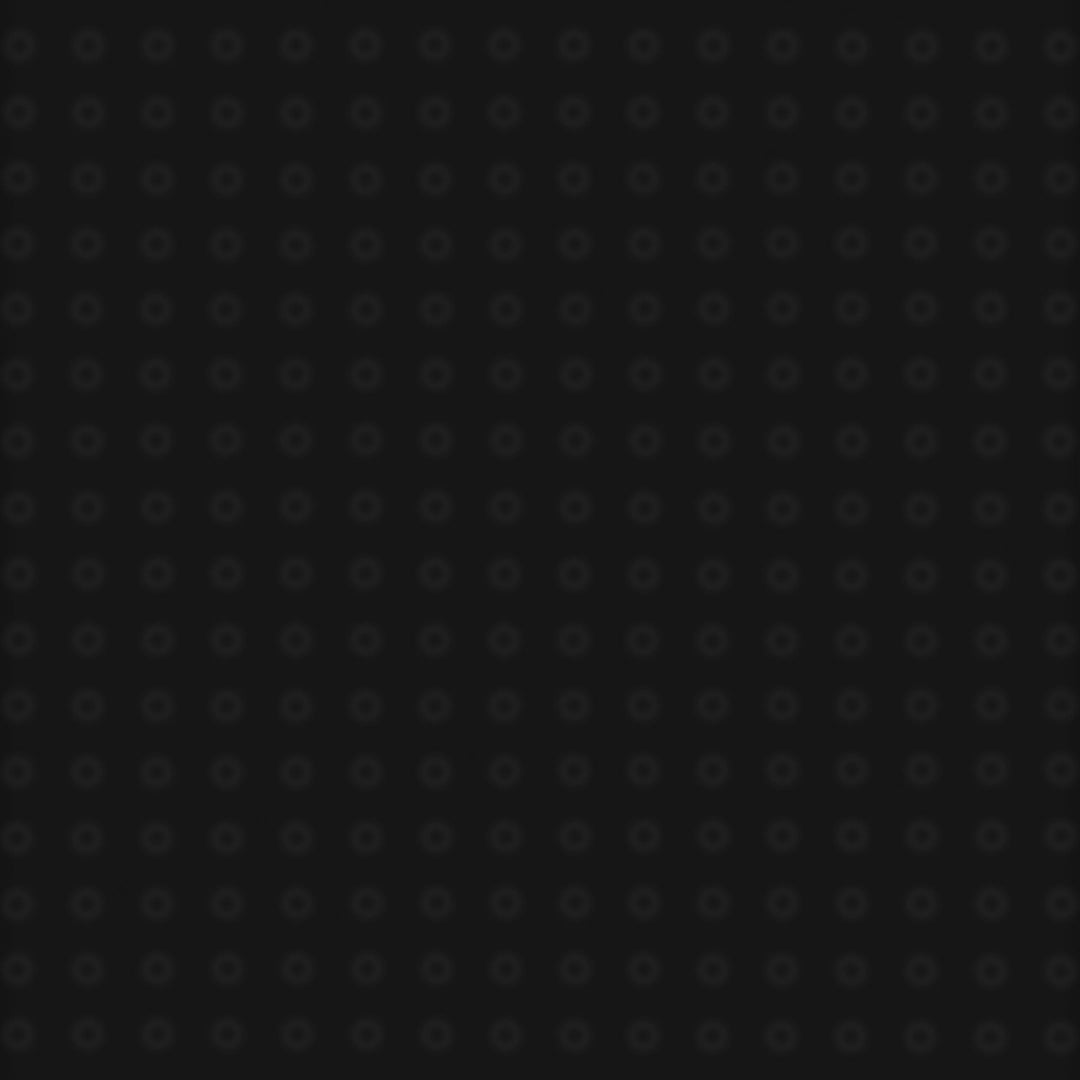
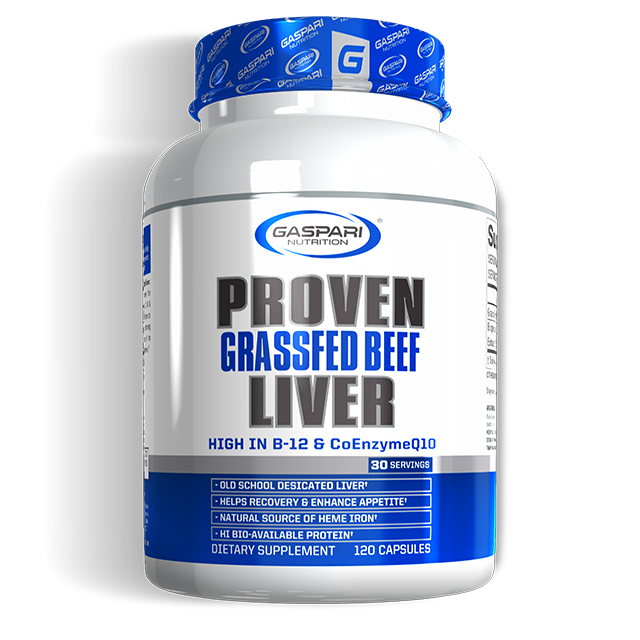

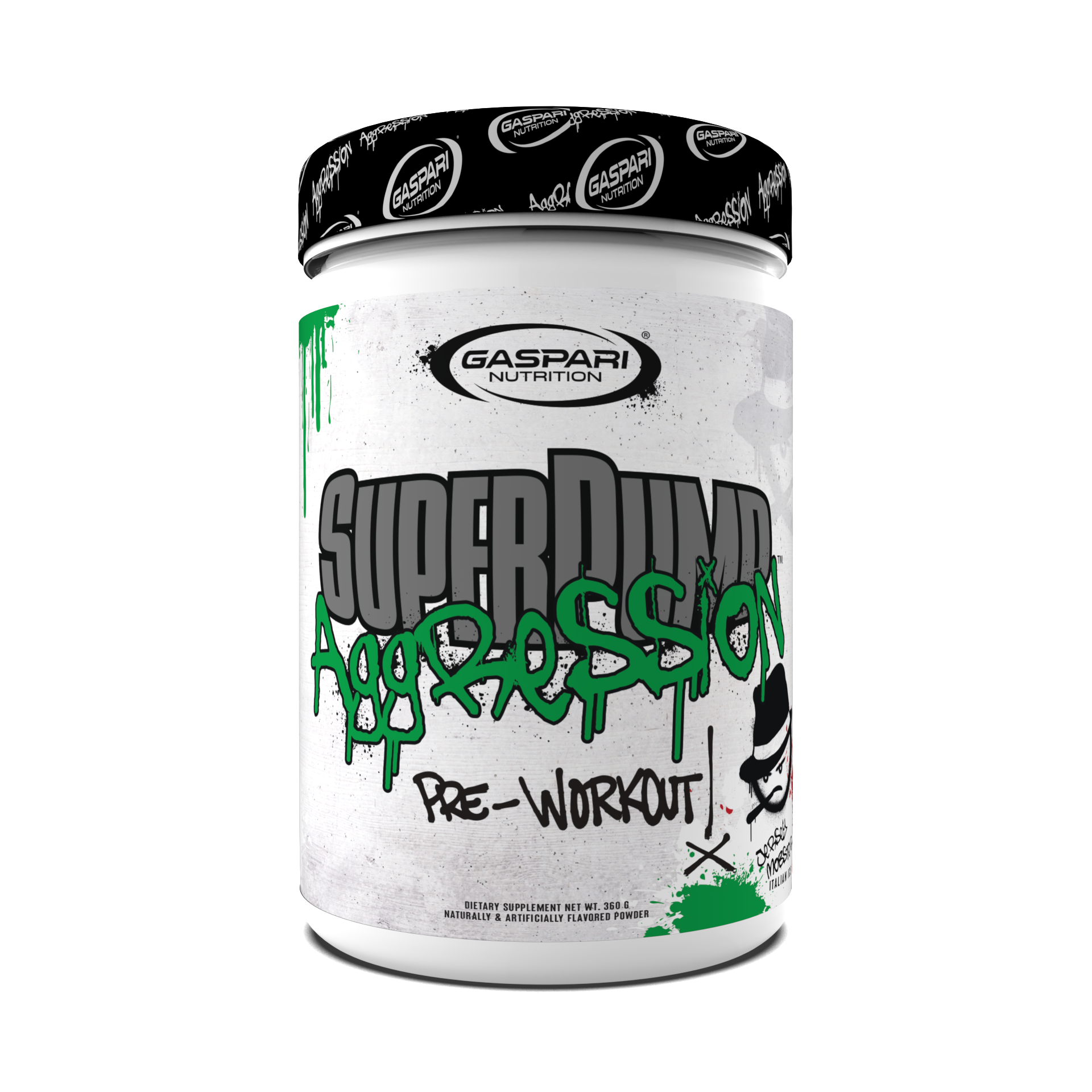



Share:
T-Bar Rows: The Back-Building Powerhouse You Need in Your Routine
Leg Training on a Seated Leg Press